Speak to one of our experts now about this offer
Call our Africa experts on0800 294 9706
Available until open until 8pm
Unsurpassed Zimbabwe
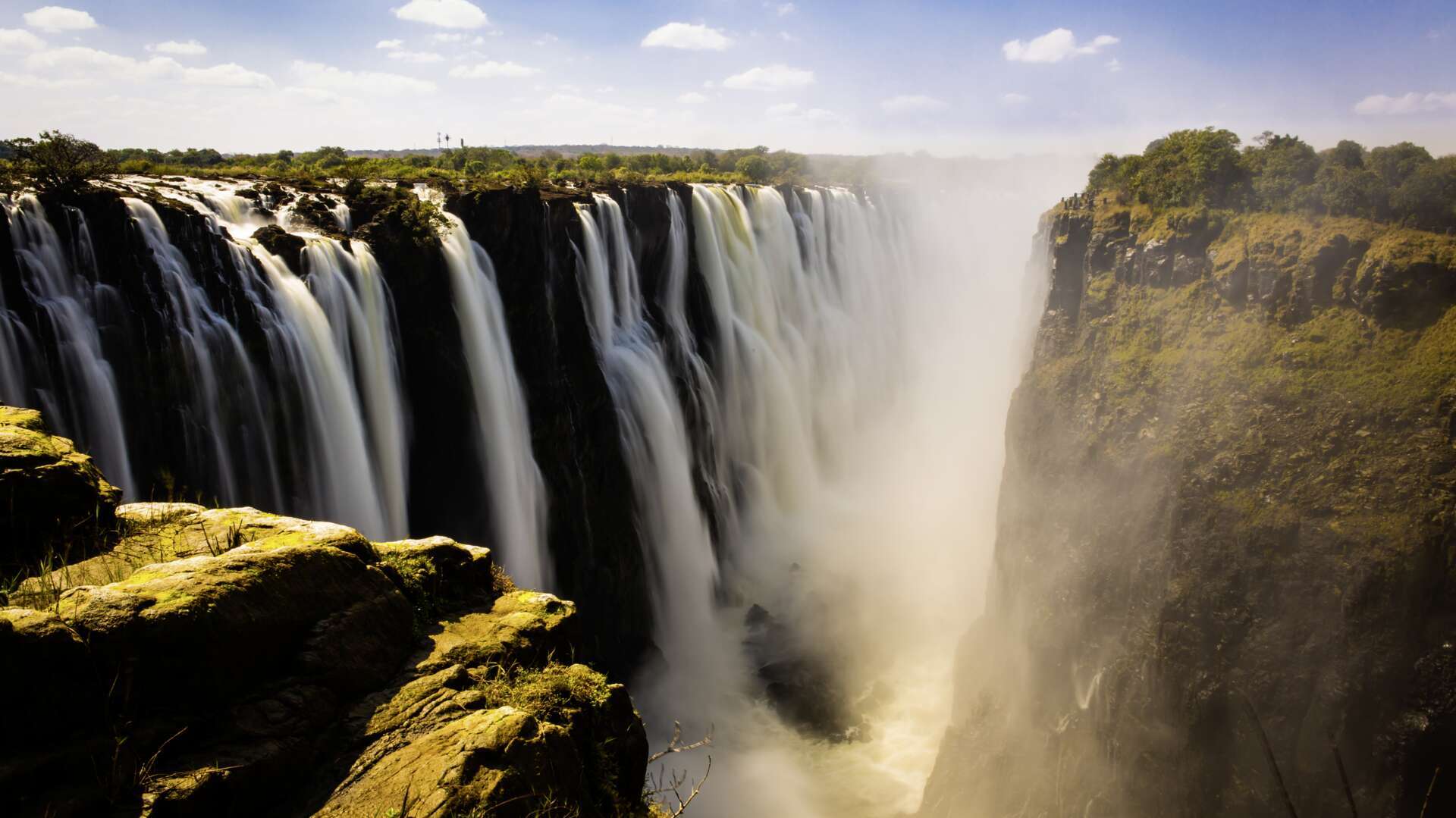
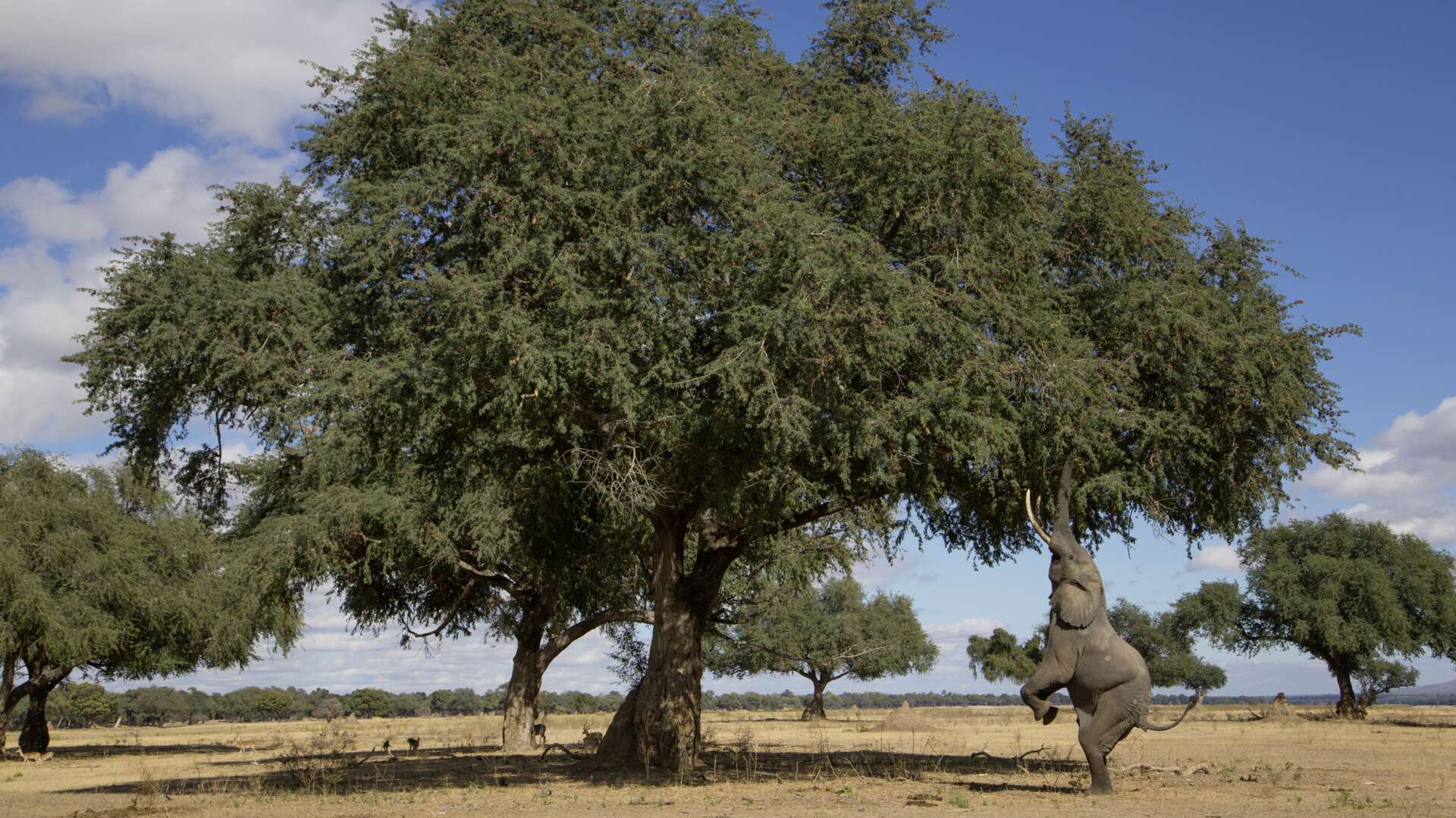
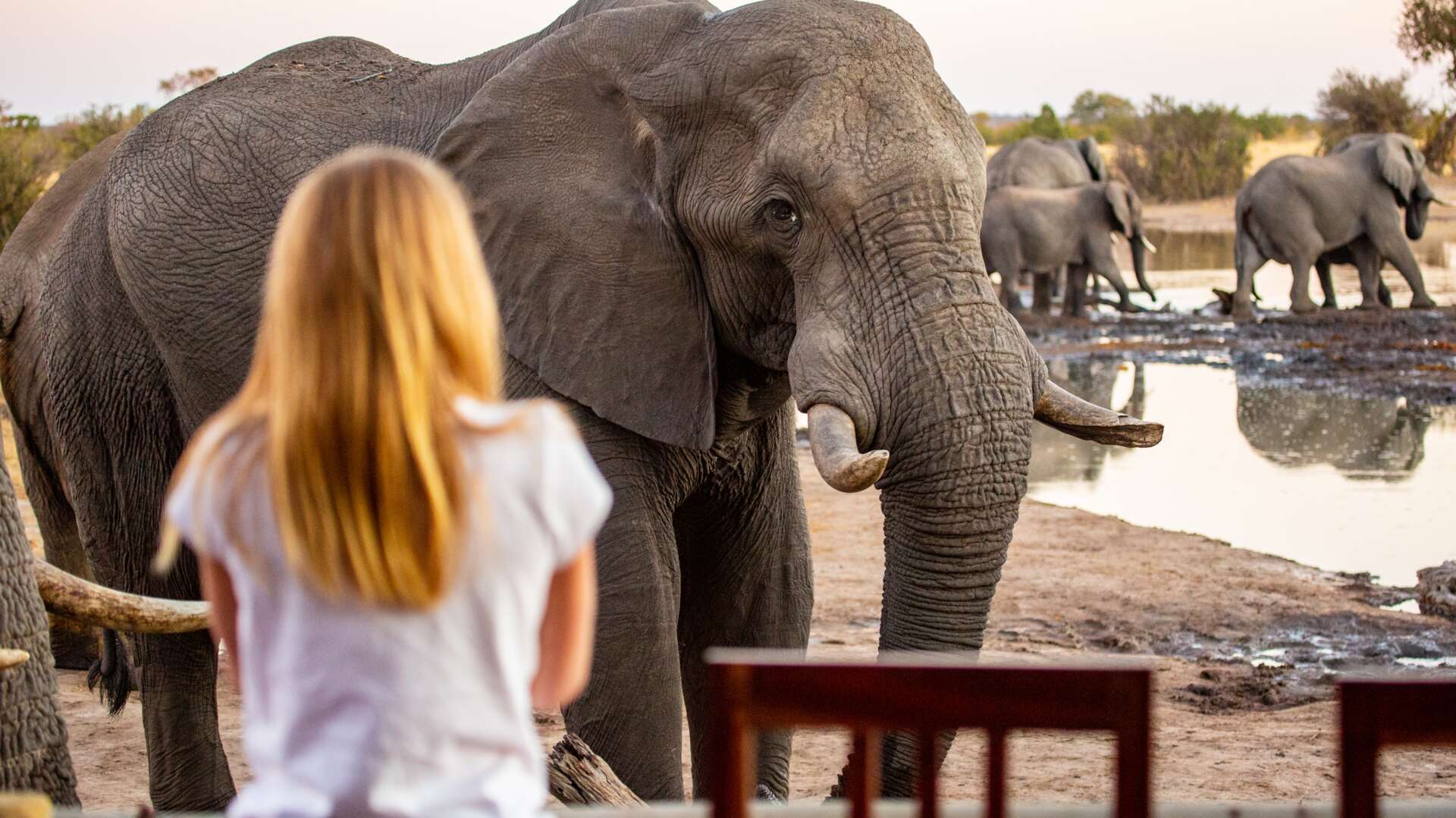
Big wildlife sightings and bucket-list sights come thick and fast on this 13-day itinerary. After a stylish stay at Victoria Falls, visit Africa’s largest man-made lake and experience the vast elephant herds of Hwange National Park on safari. Unforgettable light aircraft flights offer thrilling vistas of Zimbabwe from above.
£9,425 - £15,675pp including international flights
Itinerary overview
Highlights of trip
Day 1
Arrival in Victoria Falls
Welcome to Zimbabwe. Upon arrival in Victoria Falls, a local representative will be waiting for you at the airport. You’ll transfer to your comfortable hotel, just a 10-minute walk from the Falls and certainly within earshot. It’s a short stroll into Victoria Falls town for local markets, crafts shopping, cafés and restaurants. Or relax poolside under a thatched gazebo, enjoy high tea on Stanley’s Terrace or sink a sundowner at Stanley’s Bar. Overnight at the Victoria Falls Hotel.
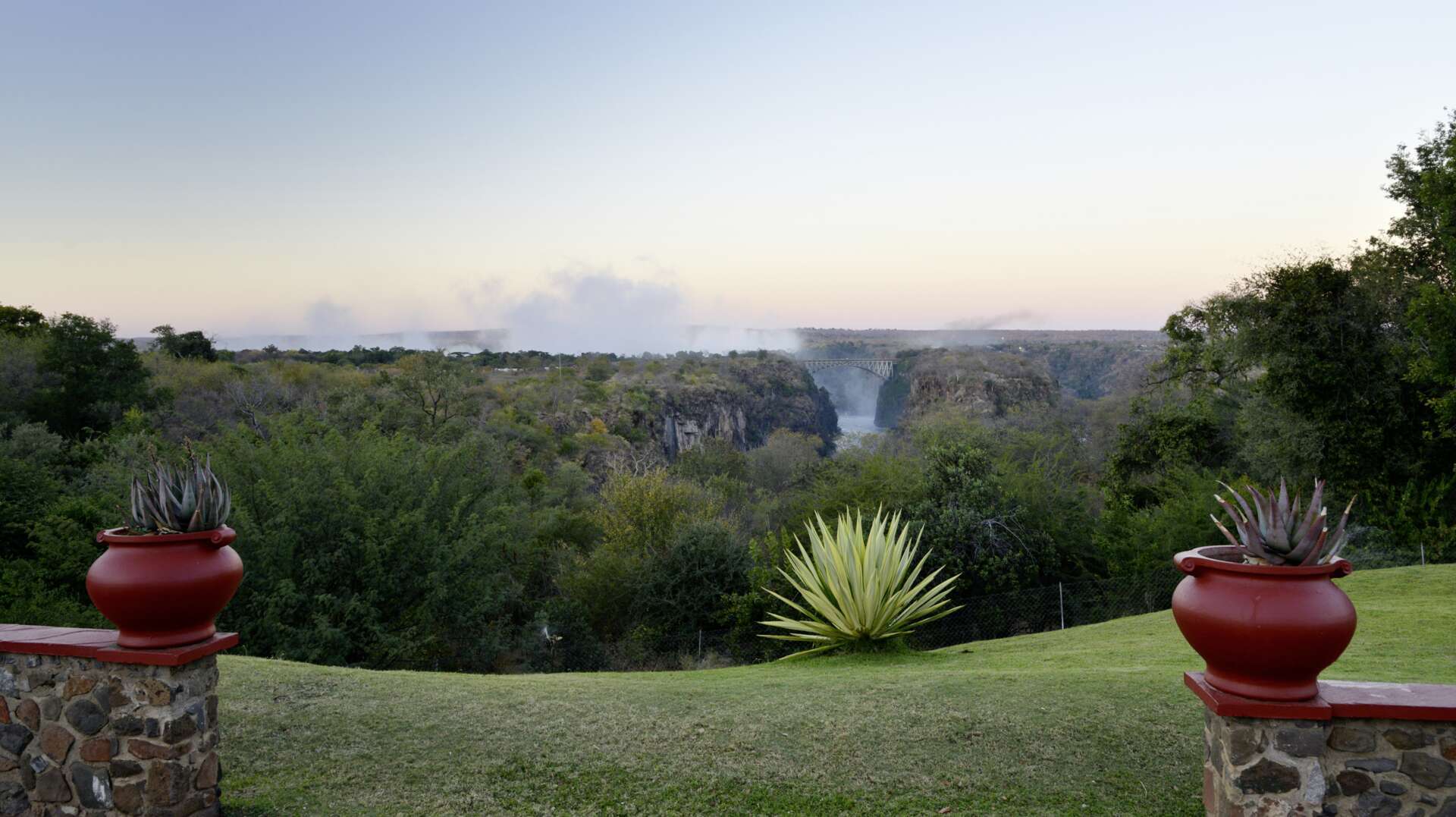
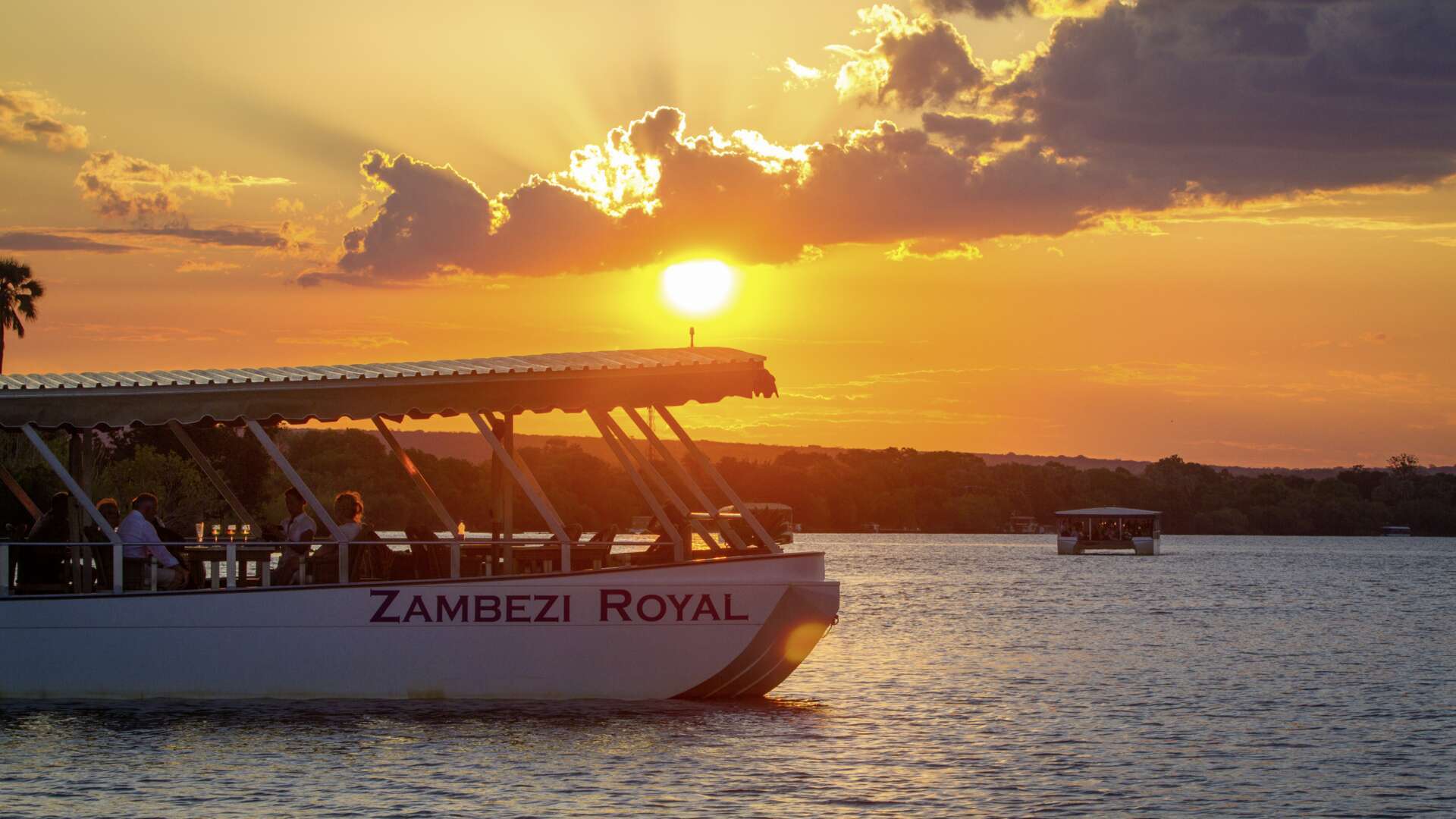
Recommended Hotels
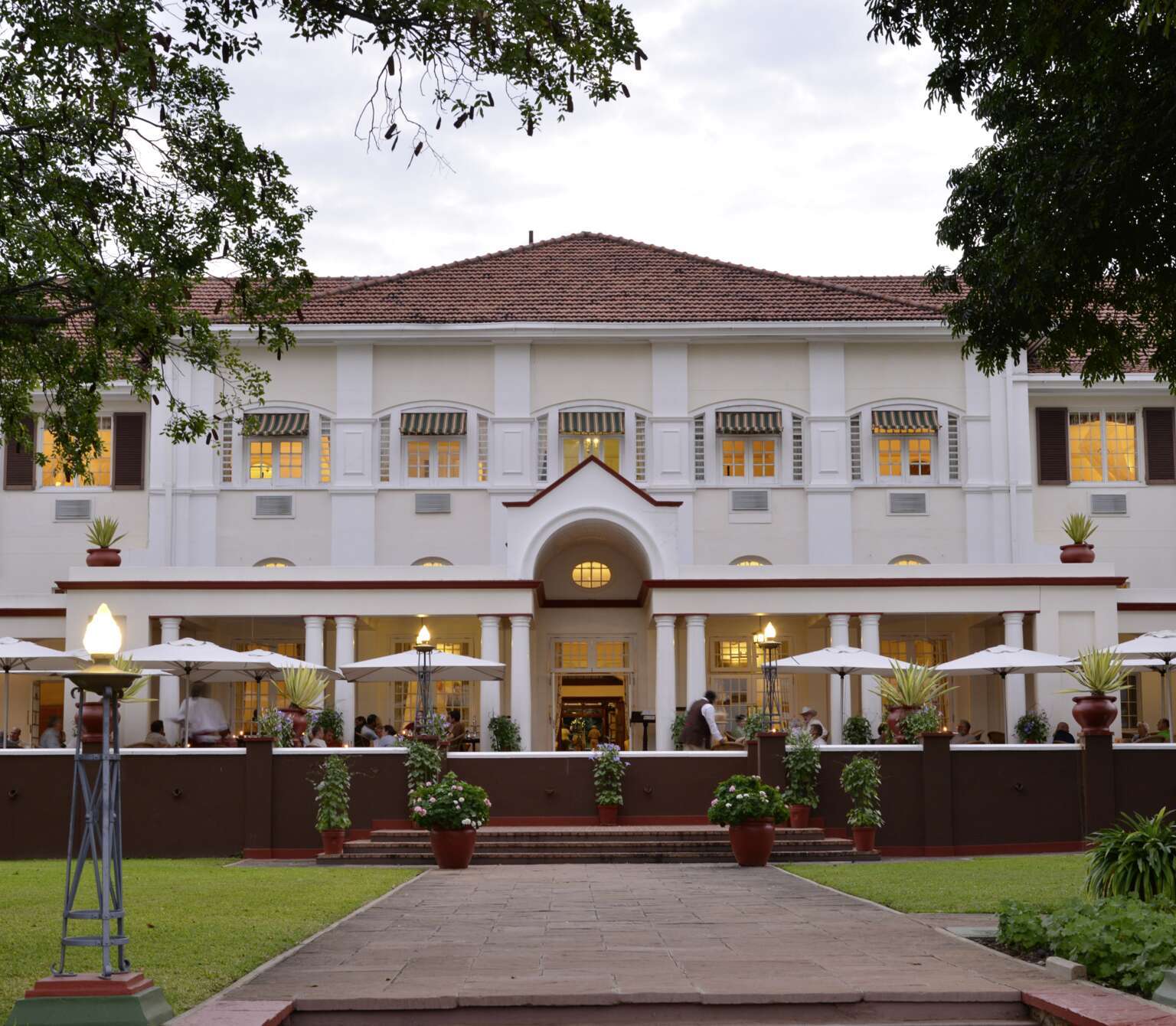
The Victoria Falls Hotel
A heritage property, rich with colonial charm within walking distance of Victoria Falls.
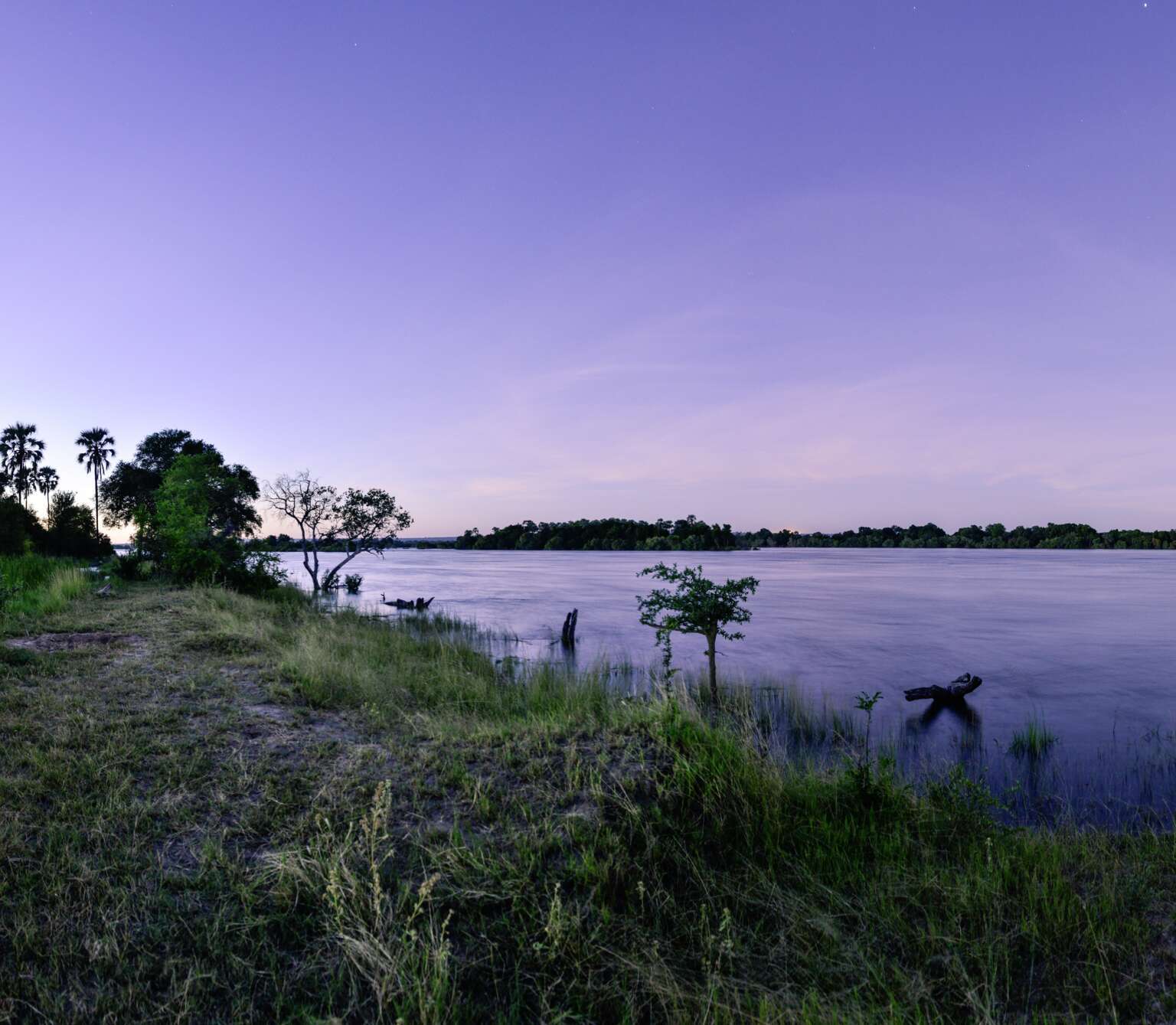
Victoria Falls River Lodge & Island Tree House Suites
An African-chic river lodge and a private island lodge, both with a spectacular setting overlooking the mighty Zambezi River.
Day 2
Victoria Falls
Today you’ll get to see the star attraction, the UNESCO-listed Victoria Falls, where you’ll follow footpaths for jaw-dropping views and a get a good soaking by clouds of spray. Don’t miss the optional ‘Flight of the Angels’ helicopter trip over the Falls. Watching the world’s largest body of water cascading over the edge of a plateau and flying through that legendary mist is an unforgettable experience. Overnight at the Victoria Falls Hotel.
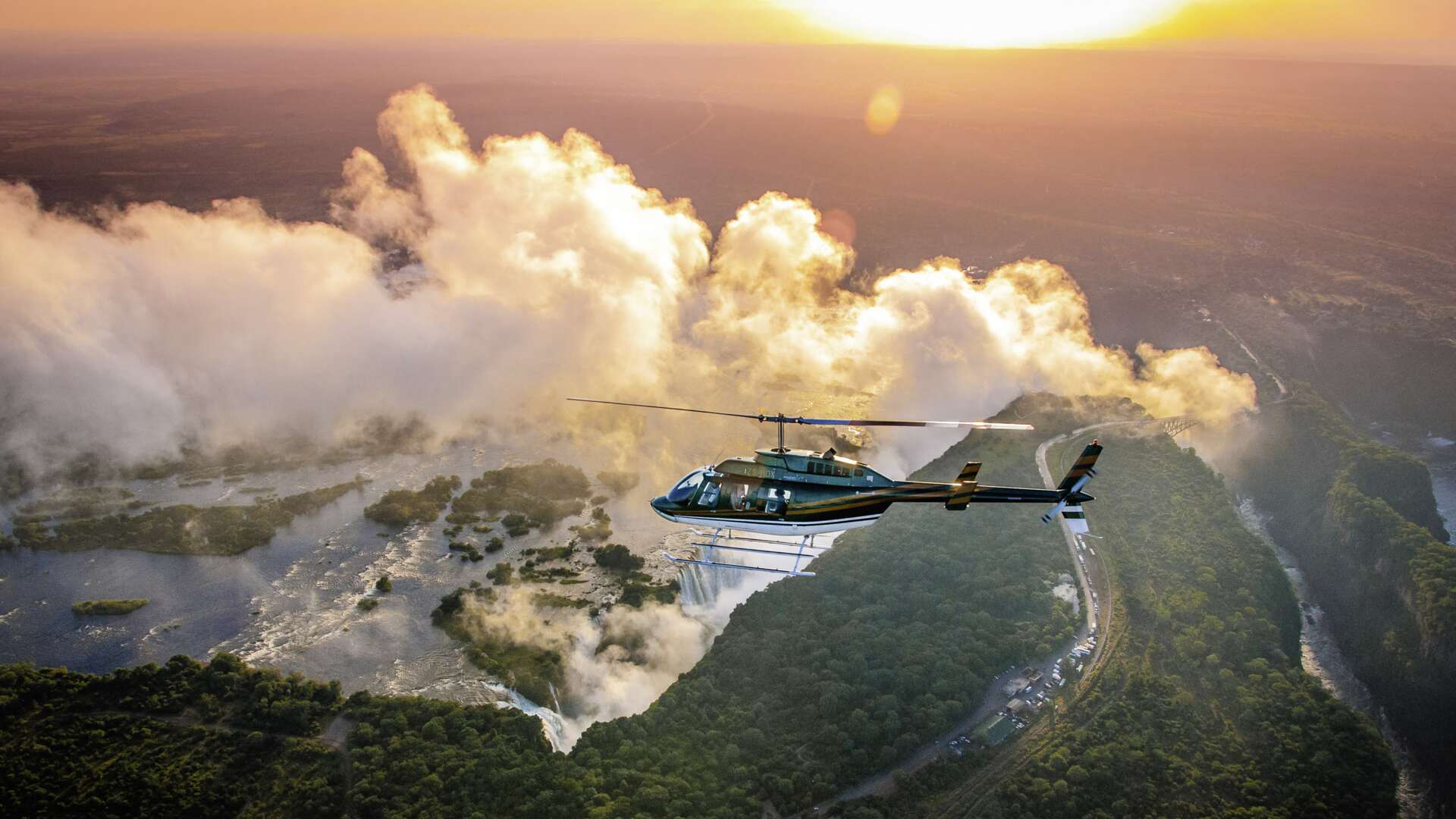
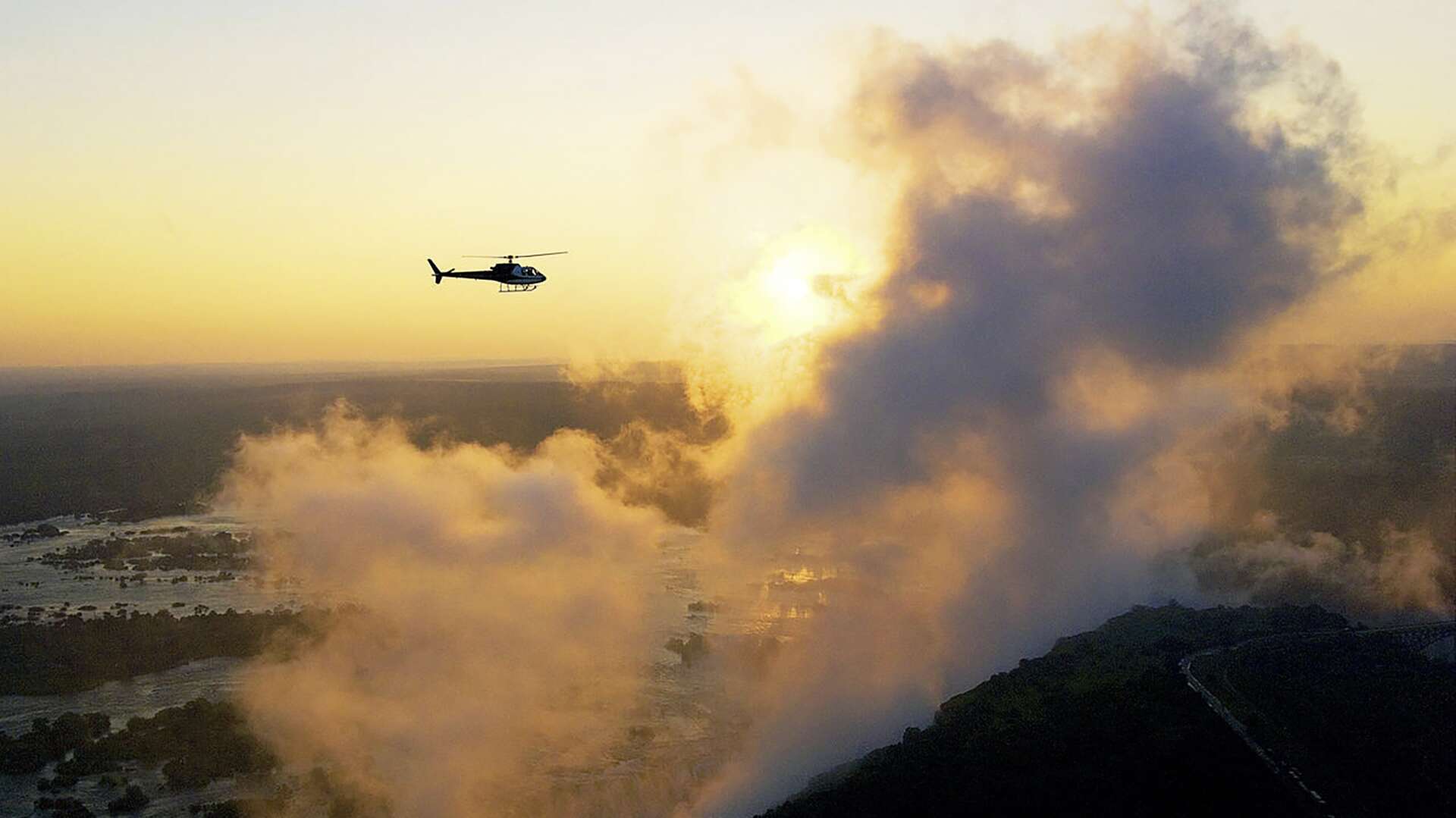
Recommended Hotel

The Victoria Falls Hotel
A heritage property, rich with colonial charm within walking distance of Victoria Falls.
Day 3
Victoria Falls
If you’ve an appetite for adventure there’s plenty of fun to be had in and around the Falls. Optional activities range from ziplining and white-water rafting to a dare-devil free-fall gorge swing - how brave are you feeling? This evening you may want to indulge at the hotel’s opulent restaurant, The Livingstone Room. Alternatively, tuck into the African fusion menu at Jungle Junction where alfresco dining comes with a side order of stargazing. Overnight at the Victoria Falls Hotel.
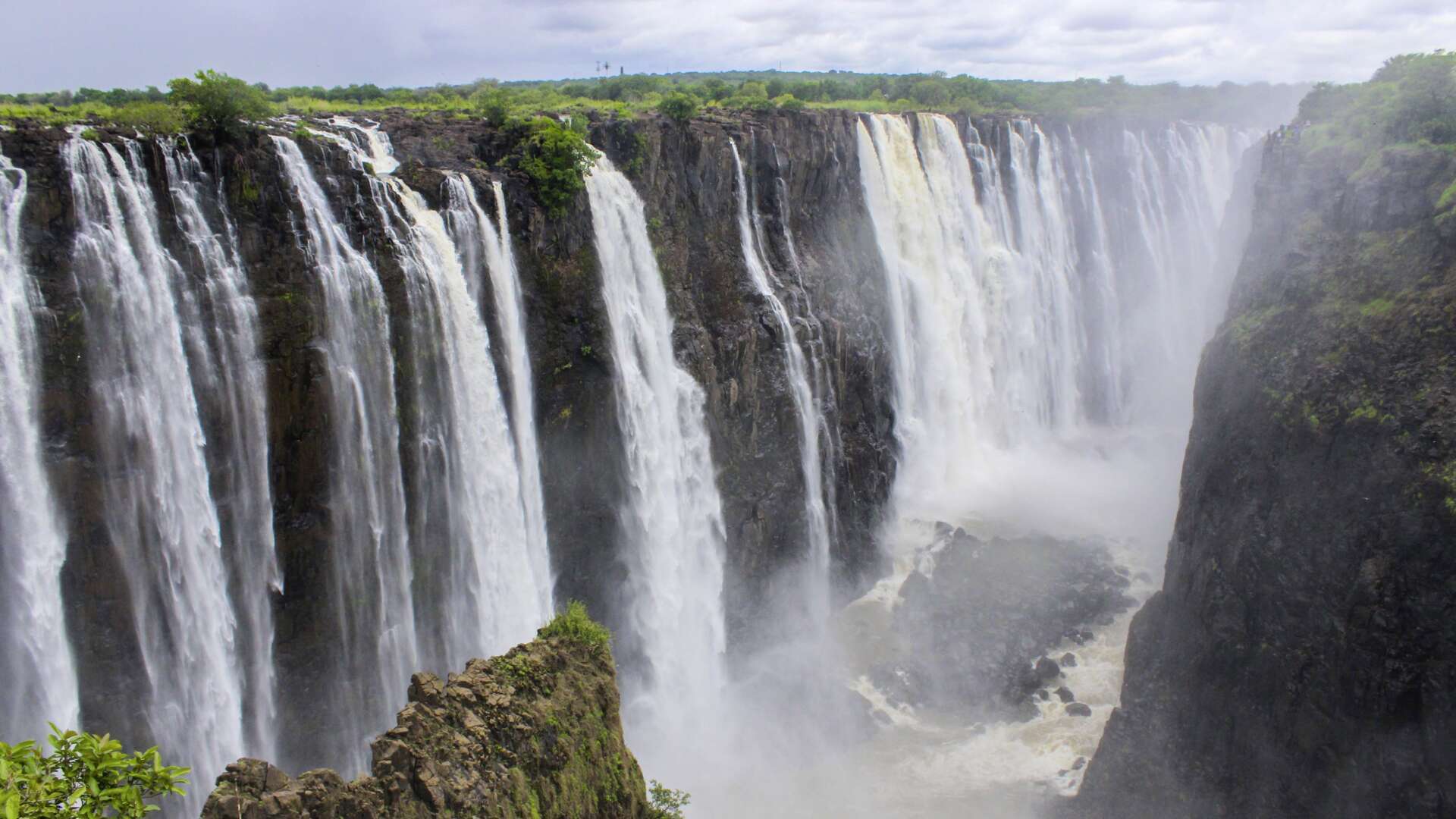
Recommended Hotel

The Victoria Falls Hotel
A heritage property, rich with colonial charm within walking distance of Victoria Falls.
Day 4
Victoria Falls & Hwange National Park
This morning, transfer to Victoria Falls Airport for your flight towards the golden plains of Hwange National Park. On arrival you’ll transfer to your base for the next three nights, a luxury tented lodge pitched in a private concession at the heart of the park. Hwange is a big game heavyweight populated by lions, leopards and buffalo and is known for its impressive elephant population. In the migration season it’s not unusual to see herds numbering 100 or more, roaming the savannah, forest and mopane woods of this former royal hunting ground. You’ll get your first taste of the park as you head off on safari with one of the camp’s passionate guides. Overnight at Somalisa Camp.
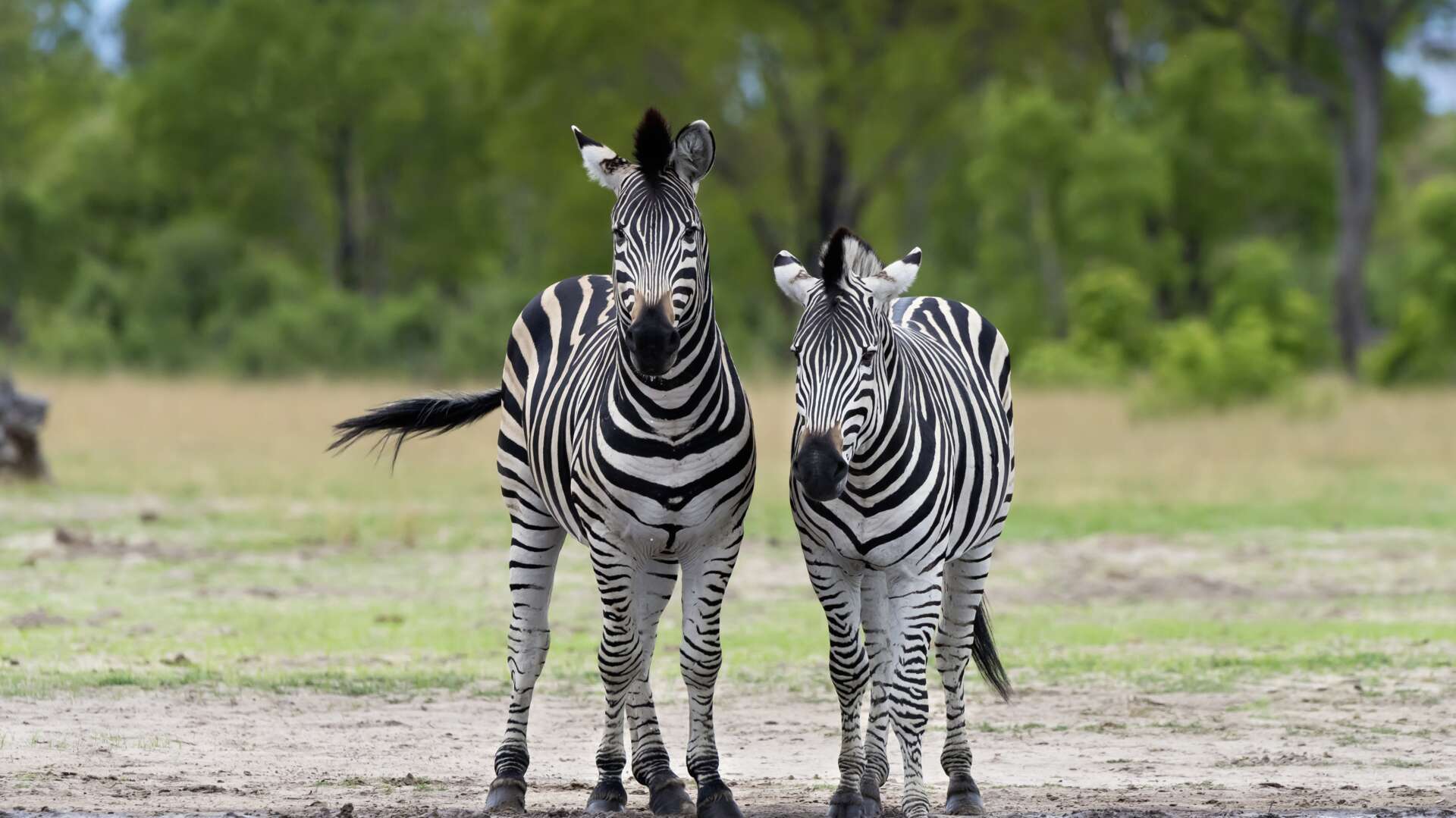
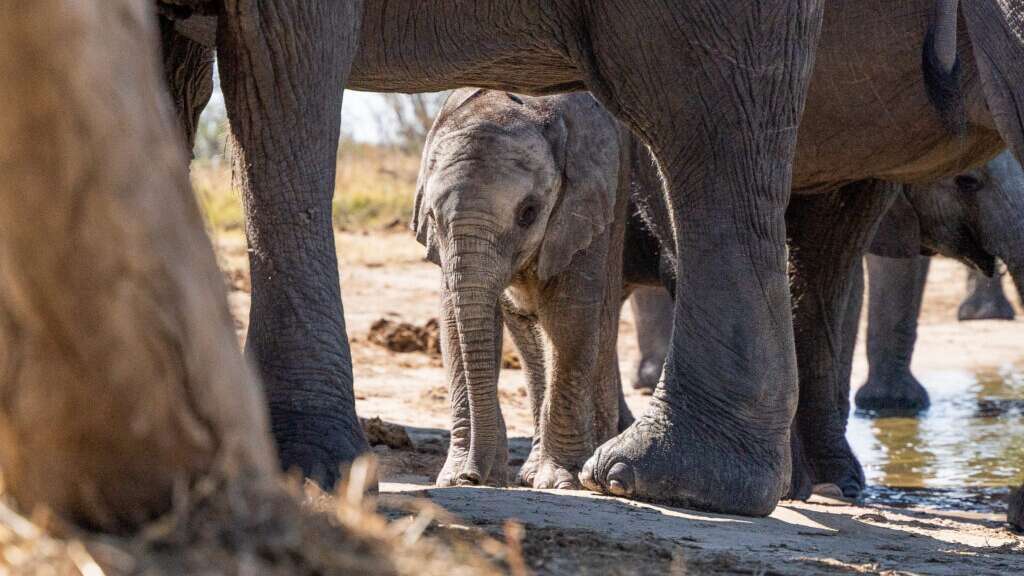
Recommended Hotel
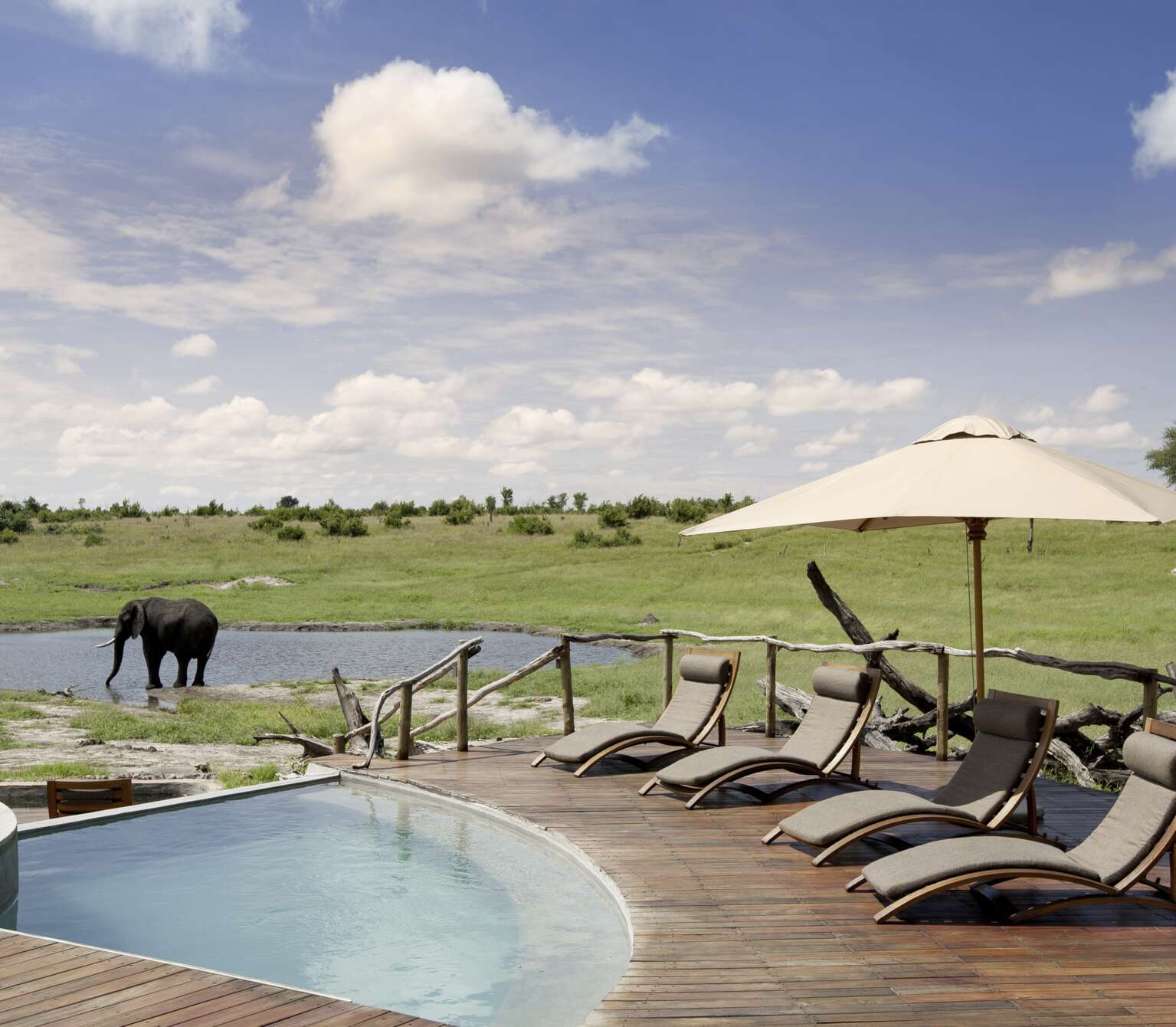
Day 5
Hwange National Park
Keep your eyes peeled again this morning, on your second game drive. The park is also home to impala, kudu, zebra, giraffe, antelope, wild dogs and the elusive leopard and cheetah. If you wish, there’s also an opportunity to gain insight into village life and learn a little about behind the scenes conservation during a guided tour of Somalisa Village. You’ll meet and chat with local inhabitants, then enjoy a traditional meal prepared at a homestead. Overnight at Somalisa Camp.
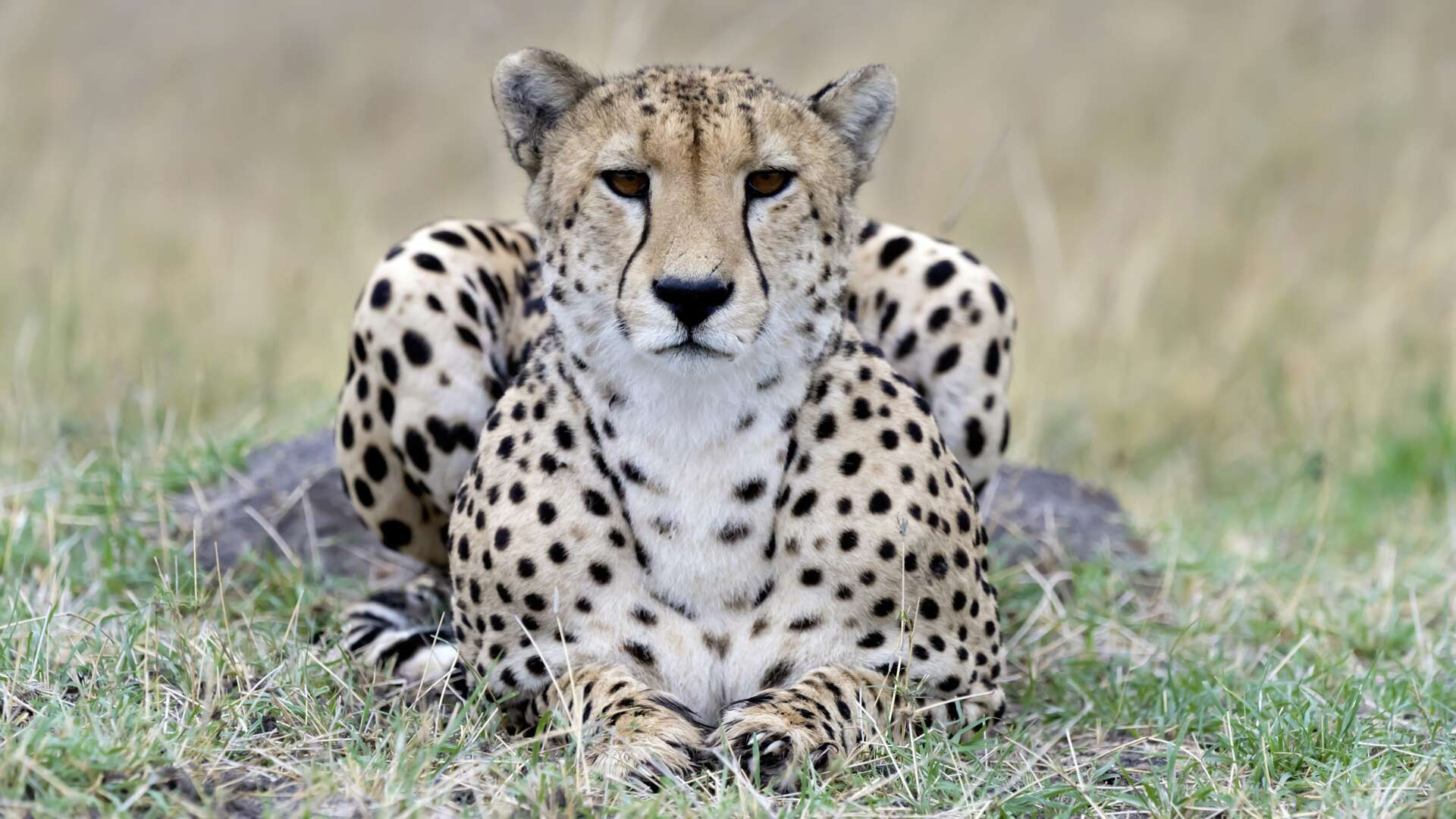

Recommended Hotel

Day 6
Hwange National Park
Make the most of your final day in Hwange by heading off on safari or spend the day relaxing in camp. Here you can still observe game from the camp hides, or watch the elephants, buffalo, lions and other wildlife that flocks to the local waterhole. Overnight at Somalisa Camp.


Recommended Hotel

Day 7
Hwange National Park & Lake Kariba
After breakfast, enjoy a memorable light aircraft flight to Lake Kariba. It’s not every day you get to fly over Africa’s largest man-made lake and get a bird’s-eye view of elephants at the shoreline. This flight across the African bush will be a highlight of your trip. Your base for the next three nights is a luxury lodge with spectacular views over Lake Kariba. Overnight at Bumi Hills Safari Lodge.
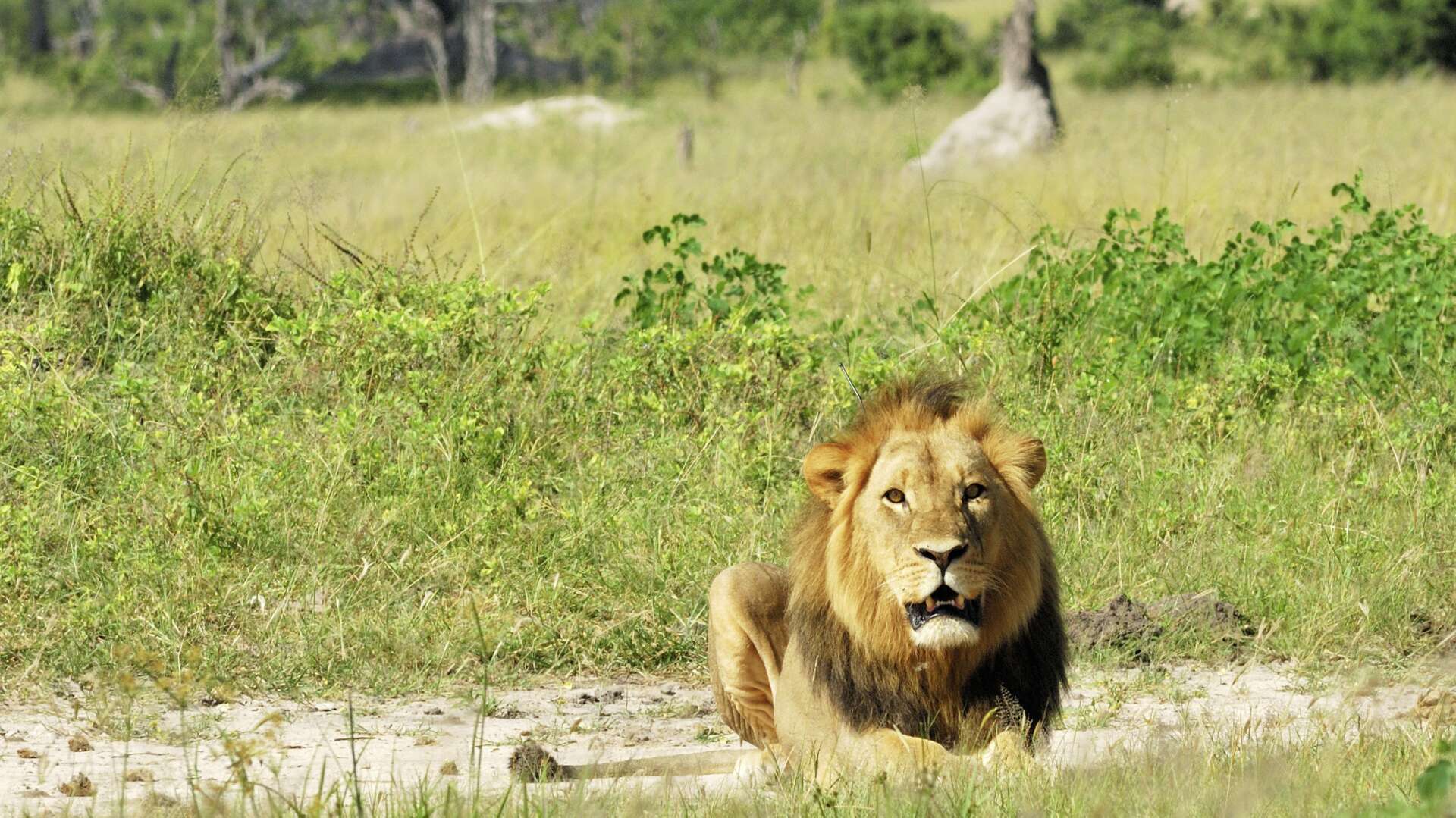
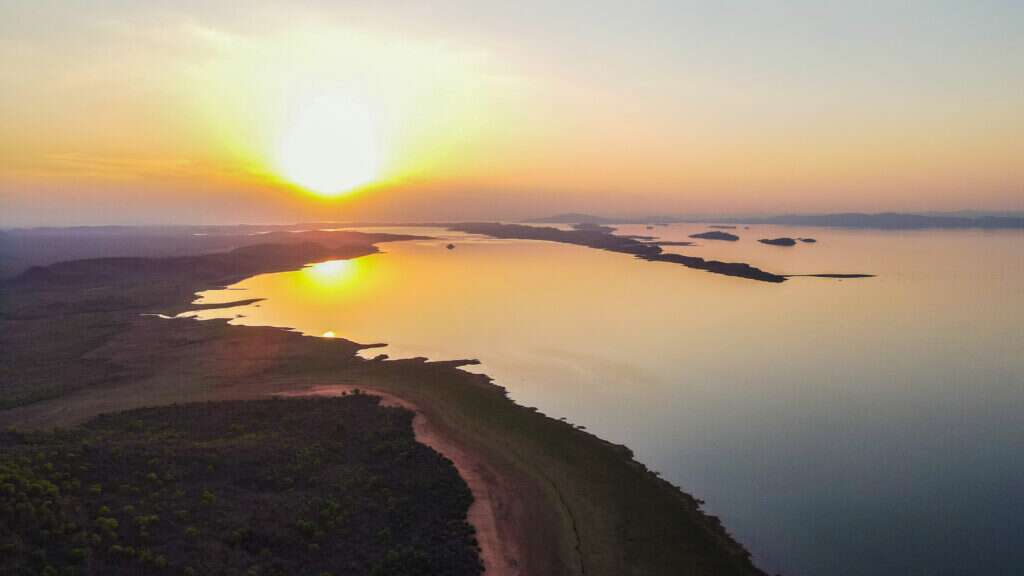
Recommended Hotel
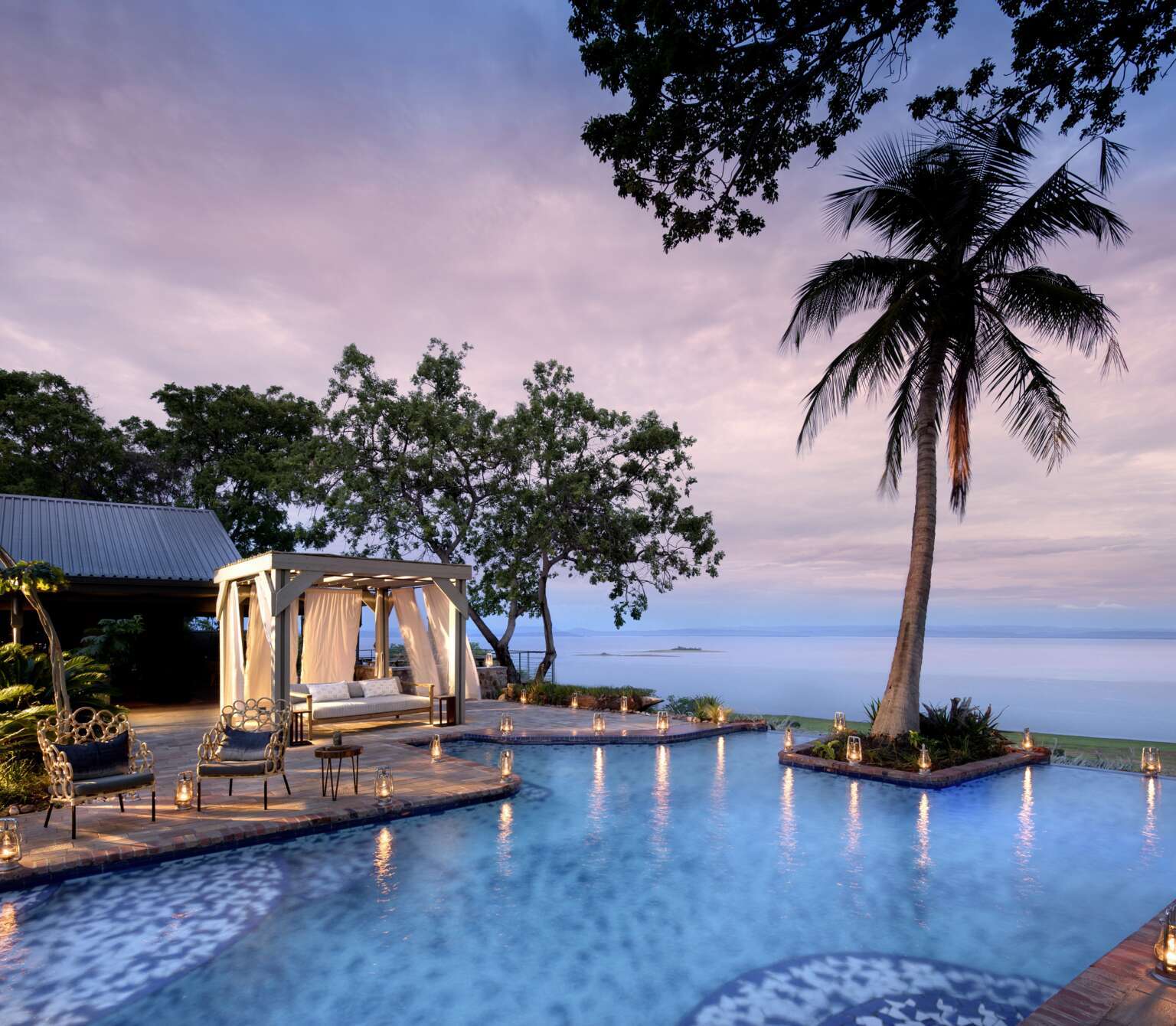
Bumi Hills Safari Lodge
This luxury safari camp sits secluded high in the hills overlooking Lake Kariba.
Day 8
Lake Kariba
Today is all about wildlife spotting. Set off on a guided walking safari, head off on a boat to spot crocodiles and hippo on the riverbank, or take the opportunity to spot some of the 480 birds in the area with an expert. In between safari activities make the most of your stylish suite and feast your eyes on the expansive views over the ‘inland sea’ in front of you. Overnight at Bumi Hills Safari Lodge.
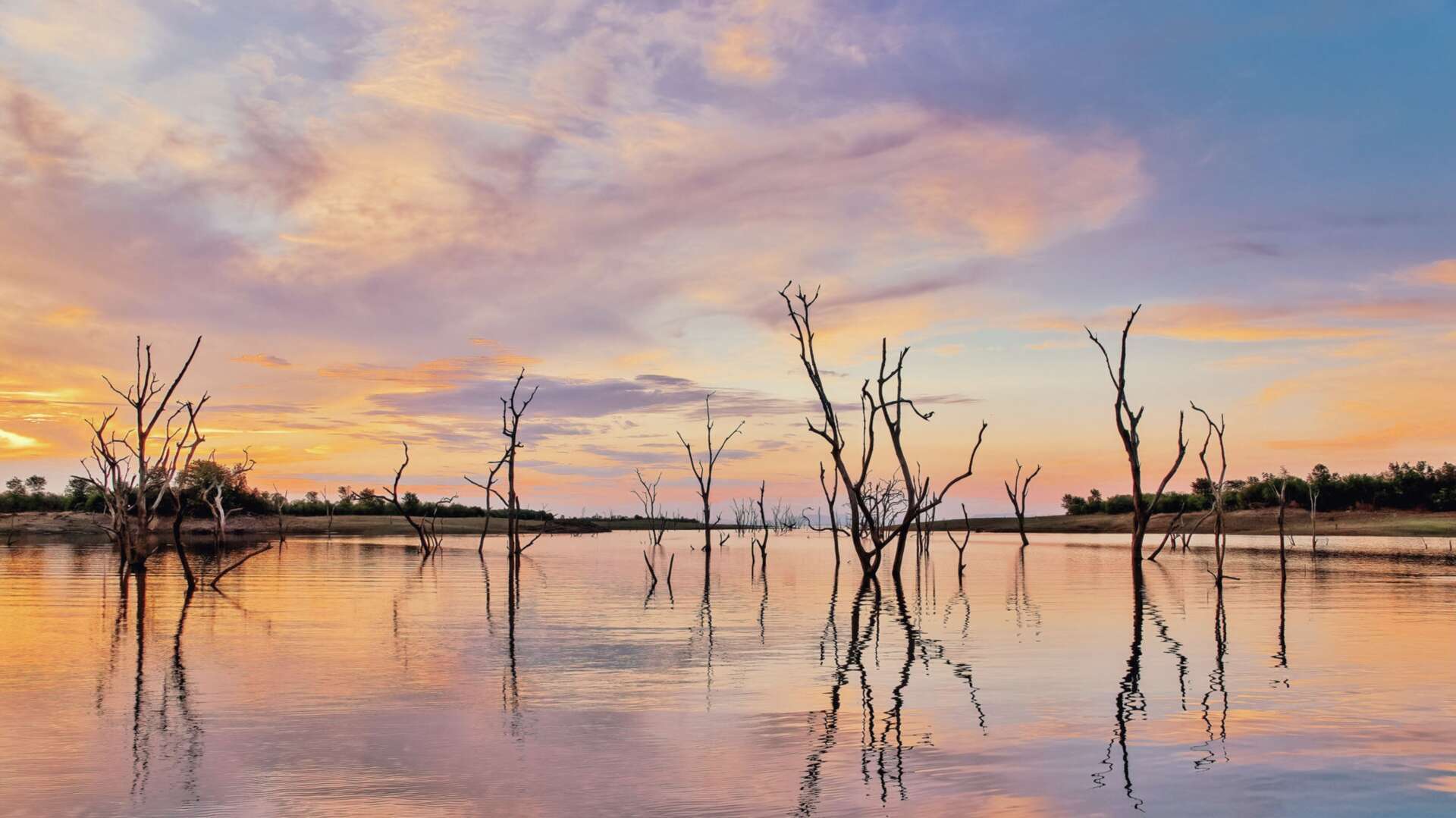
Things to do
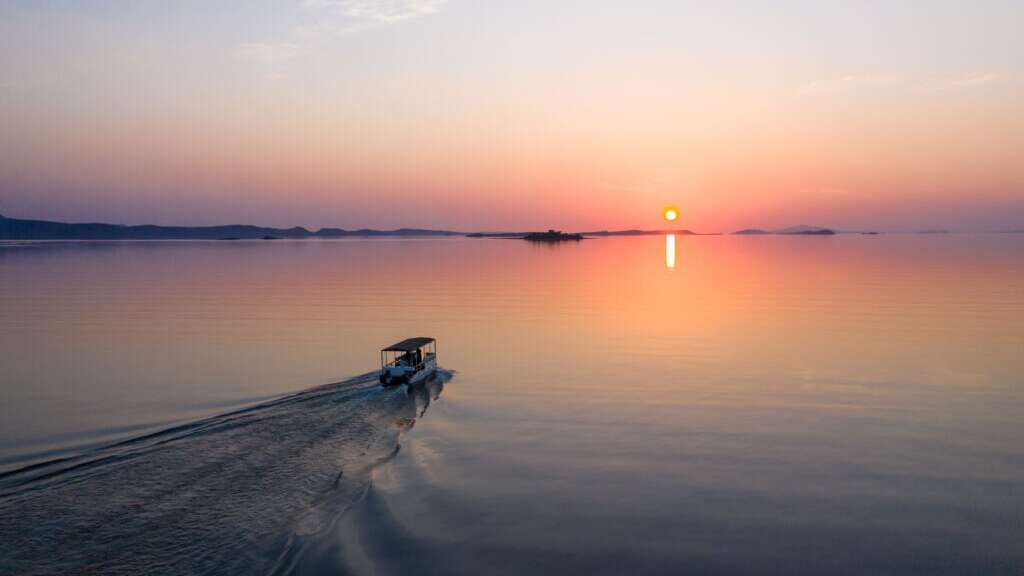
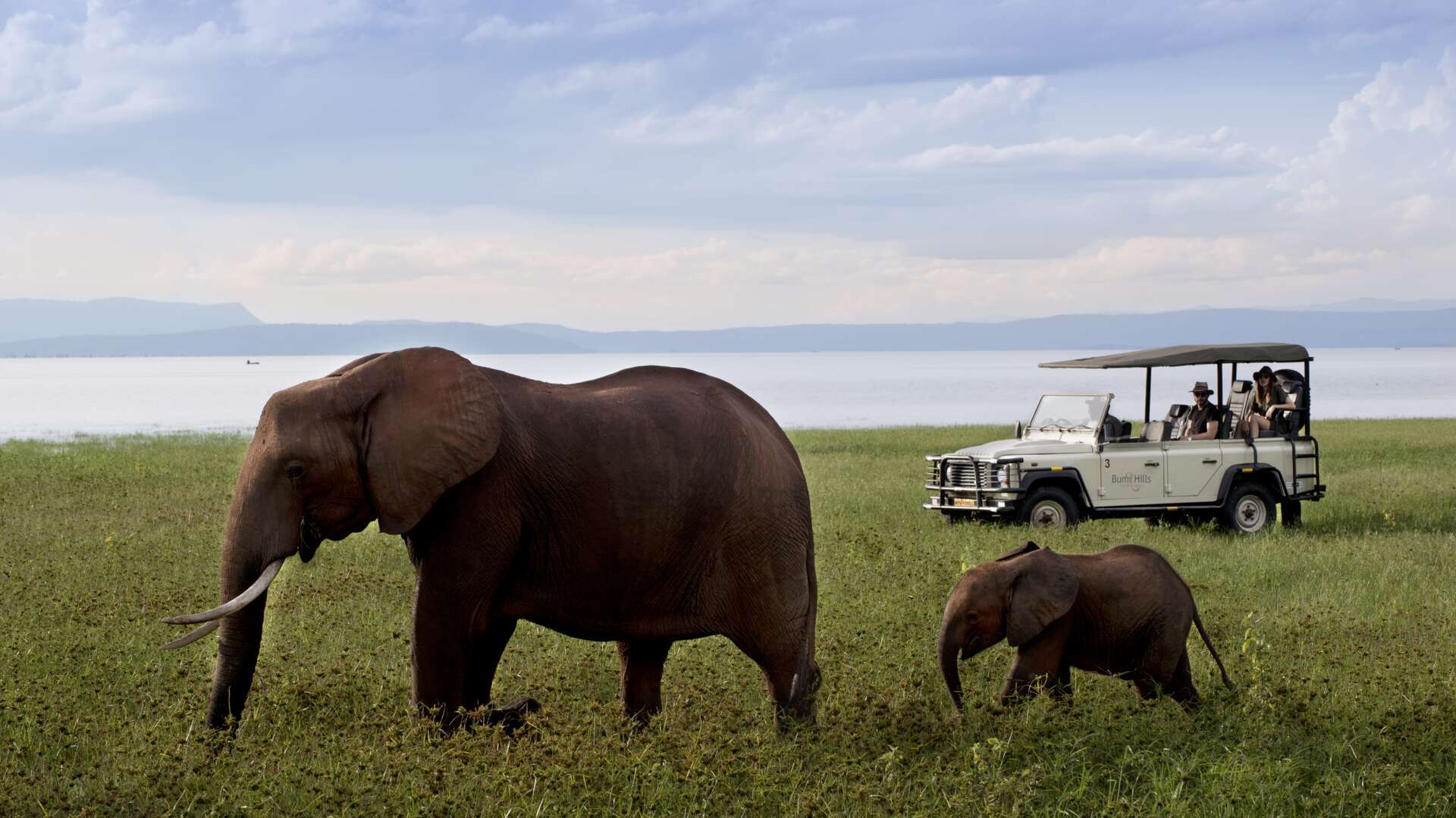
Recommended Hotel

Bumi Hills Safari Lodge
This luxury safari camp sits secluded high in the hills overlooking Lake Kariba.
Day 9
Lake Kariba
Enjoy further safari activities on another full day around the lake. Bumi’s private concession creates plenty of game-viewing opportunities and you may even spot warthogs, porcupine and mongoose wandering around the camp itself. A night game drive is also possible which is particularly good for seeing lions. As always in the bush, don’t forget to look up at those star-studded skies. Overnight at Bumi Hills Safari Lodge.
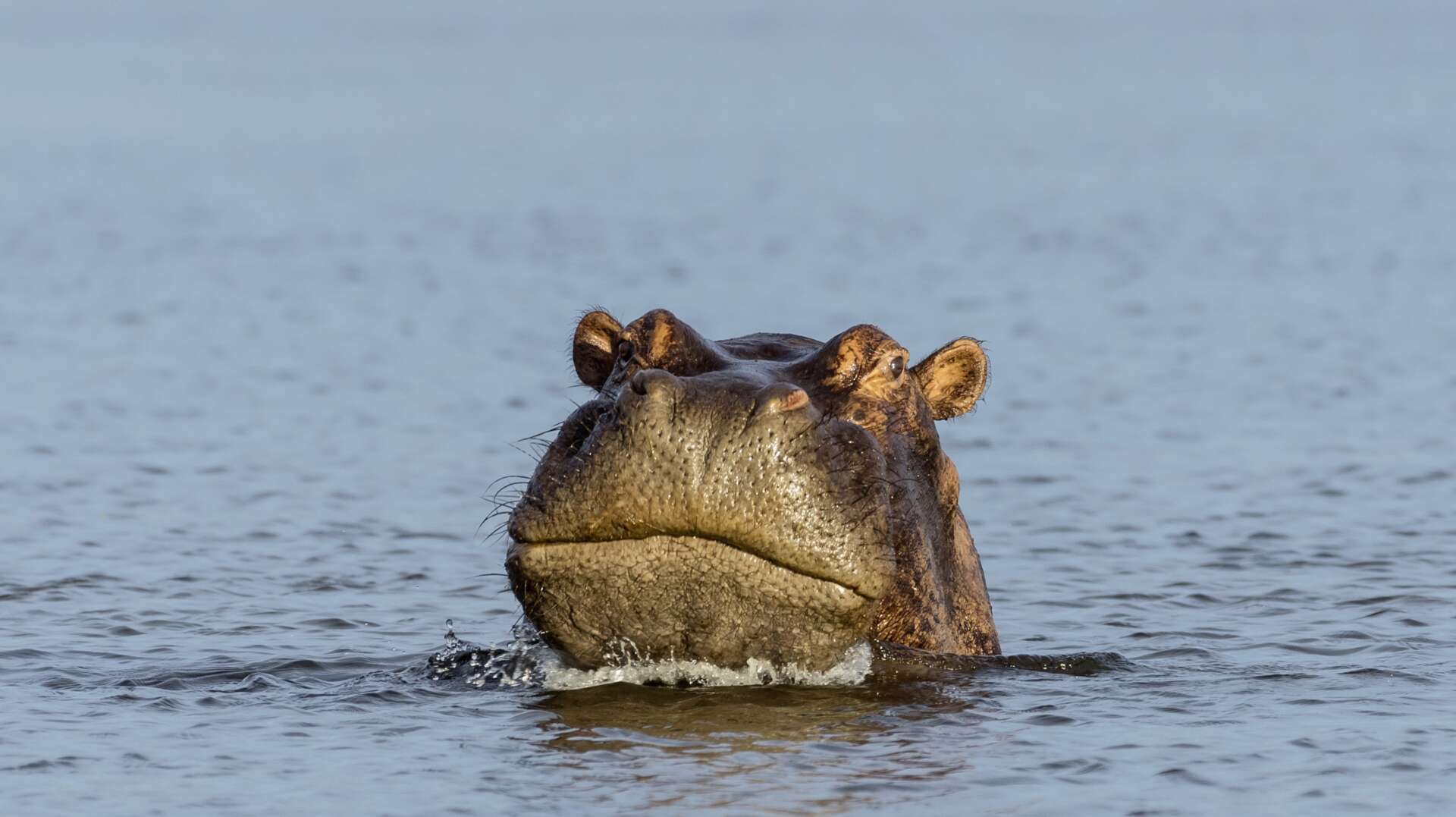
Things to do


Recommended Hotel

Bumi Hills Safari Lodge
This luxury safari camp sits secluded high in the hills overlooking Lake Kariba.
Day 10
Lake Kariba & Mana Pools
The wildlife-rich Mana Pools National Park is designated a UNESCO World Heritage Site. Game drives, canoeing safaris, birding walks and catch-and-release fishing are all on the agenda over the next two days. Keep your binoculars to hand and prepare for some thrilling sightings of hippos, crocodile, elephants, buffalo and an array of aquatic birds. After a busy day exploring, head back to camp for a relaxing dip in your private plunge pool or further wildlife viewing around the lodge’s waterholes. Overnight at Nyamatusi Camp.
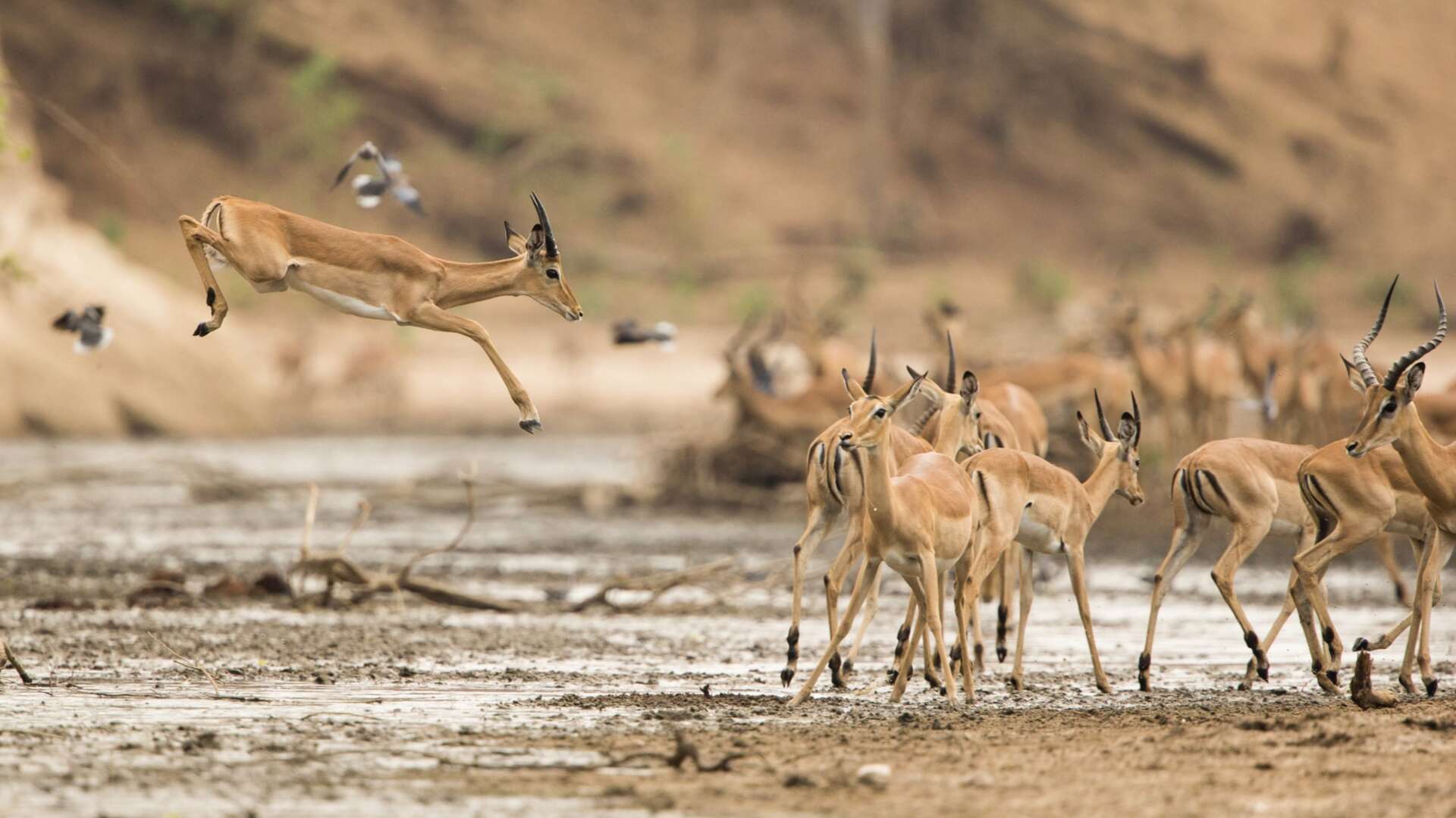
Things to do
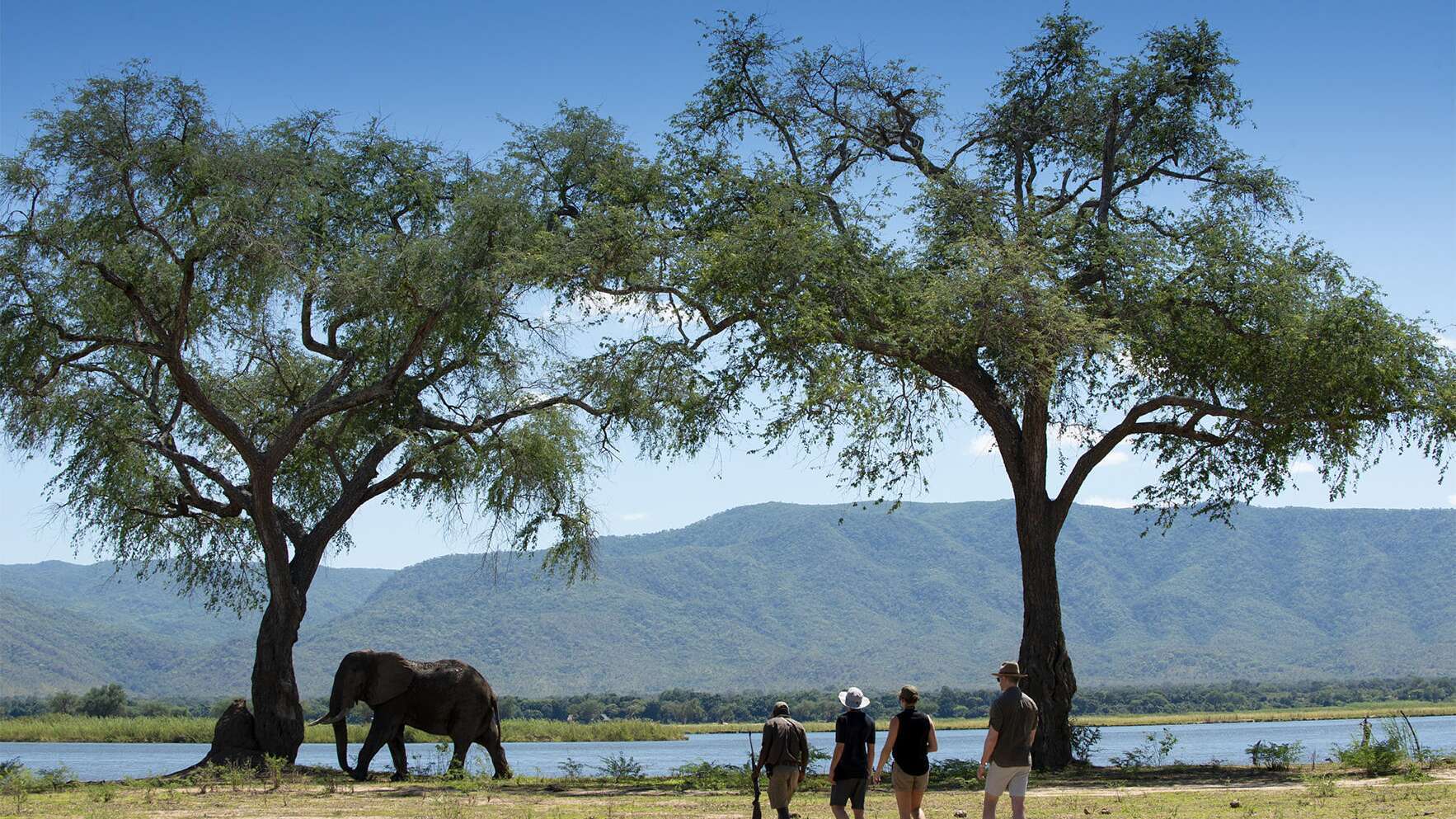
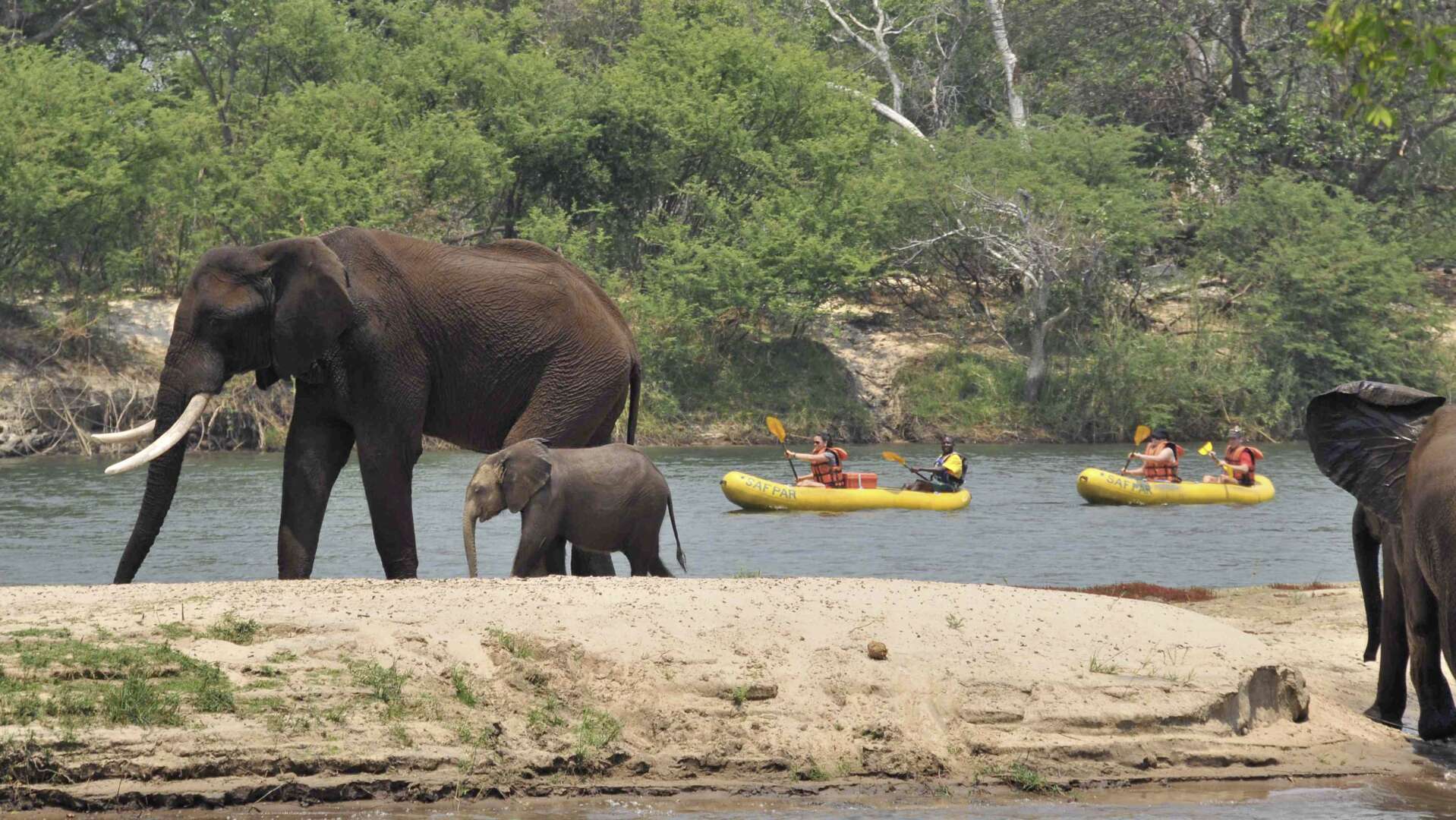
Recommended Hotel
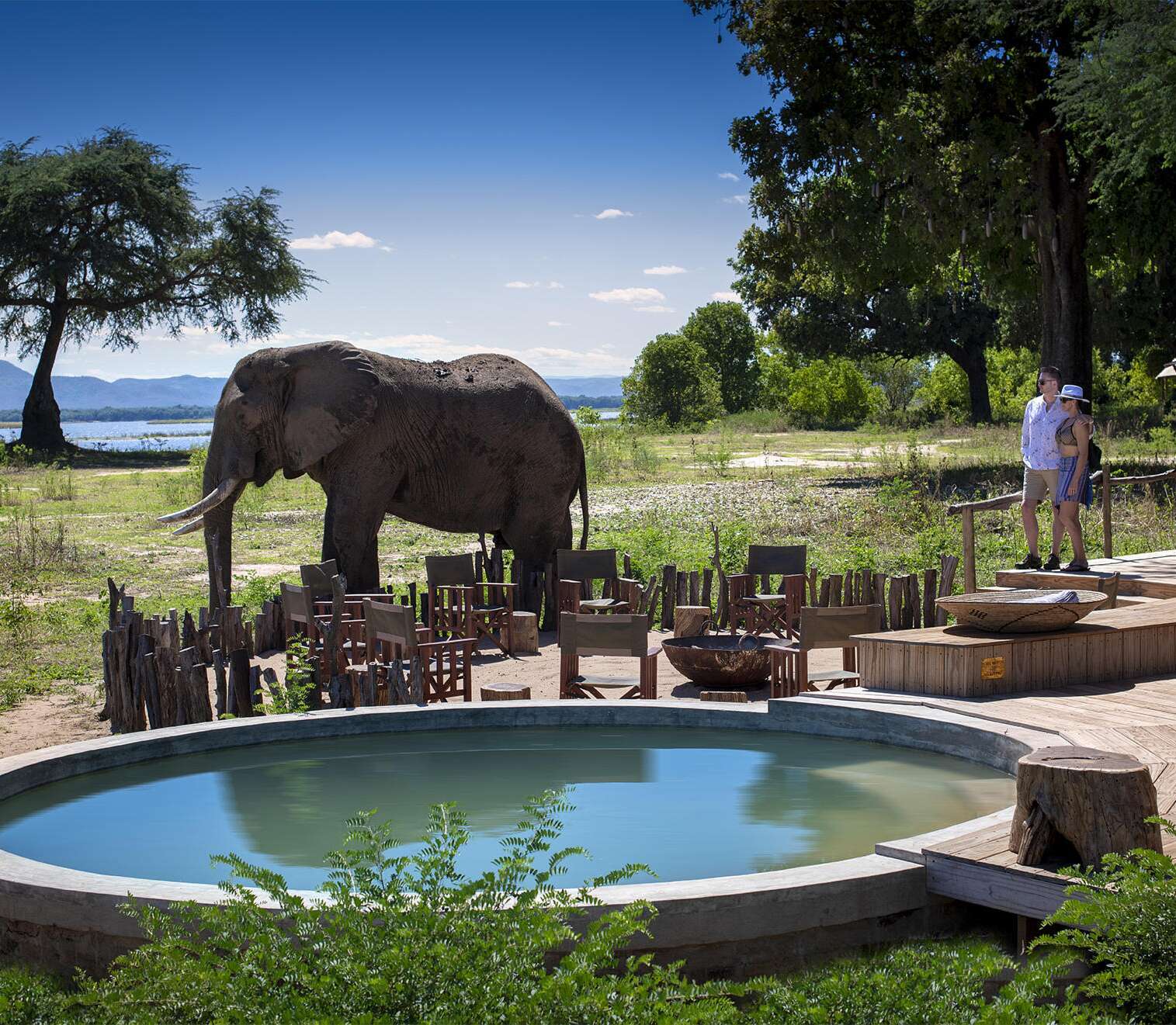
Nyamatusi Camp
Safari sophistication meets the wild Zambezi at this luxury tented camp in Mana Pools National Park.
Day 11
Mana Pools
The wildlife-rich Mana Pools National Park is designated a UNESCO World Heritage Site. Game drives, canoeing safaris, birding walks and catch-and-release fishing are all on the agenda over the next two days. Keep your binoculars to hand and prepare for some thrilling sightings of hippos, crocodile, elephants, buffalo and an array of aquatic birds. After a busy day exploring, head back to camp for a relaxing dip in your private plunge pool or further wildlife viewing around the lodge’s waterholes. Overnight at Nyamatusi Camp.

Things to do


Recommended Hotel

Nyamatusi Camp
Safari sophistication meets the wild Zambezi at this luxury tented camp in Mana Pools National Park.
Day 12
Mana Pools
Make the most of your final day in this spectacular park. Head out on another game drive or on a guided walking tour for the chance to spot leopard, lion, hyena, cheetah, wild dogs, impala and baboons. Or try a new activity like canoeing and watch hippos wallowing in the shallows. Spend a relaxing evening on the camp’s deck, enjoy a meal around the campfire, and compare wildlife notes with your guides and fellow guests. Overnight at Nyamatusi Camp.
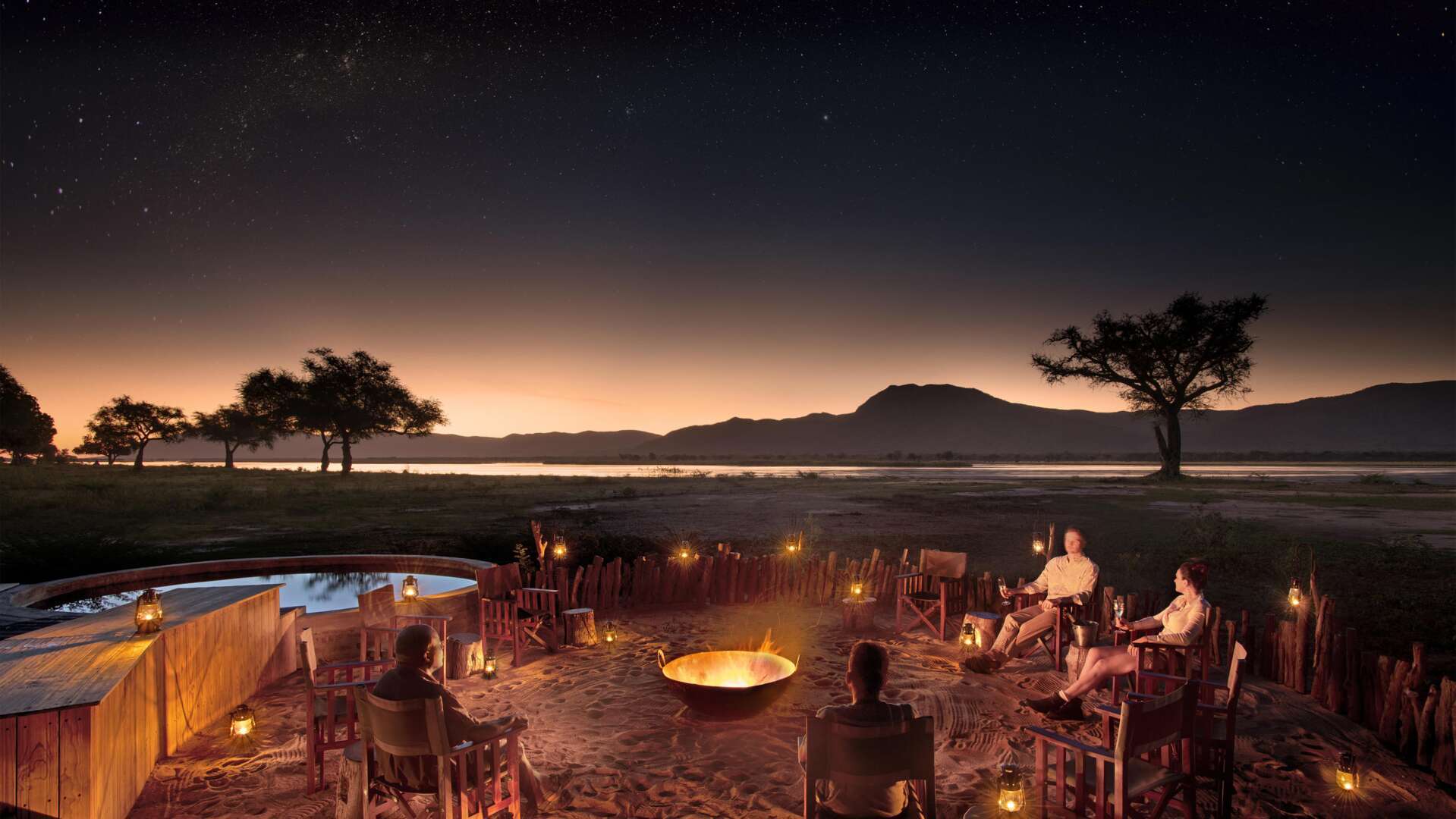
Things to do


Recommended Hotel

Nyamatusi Camp
Safari sophistication meets the wild Zambezi at this luxury tented camp in Mana Pools National Park.
Day 13
Mana Pools & Departure
Your trip comes to an end today. After breakfast you’ll transfer to Harare for your return flight to the UK or onward travel.
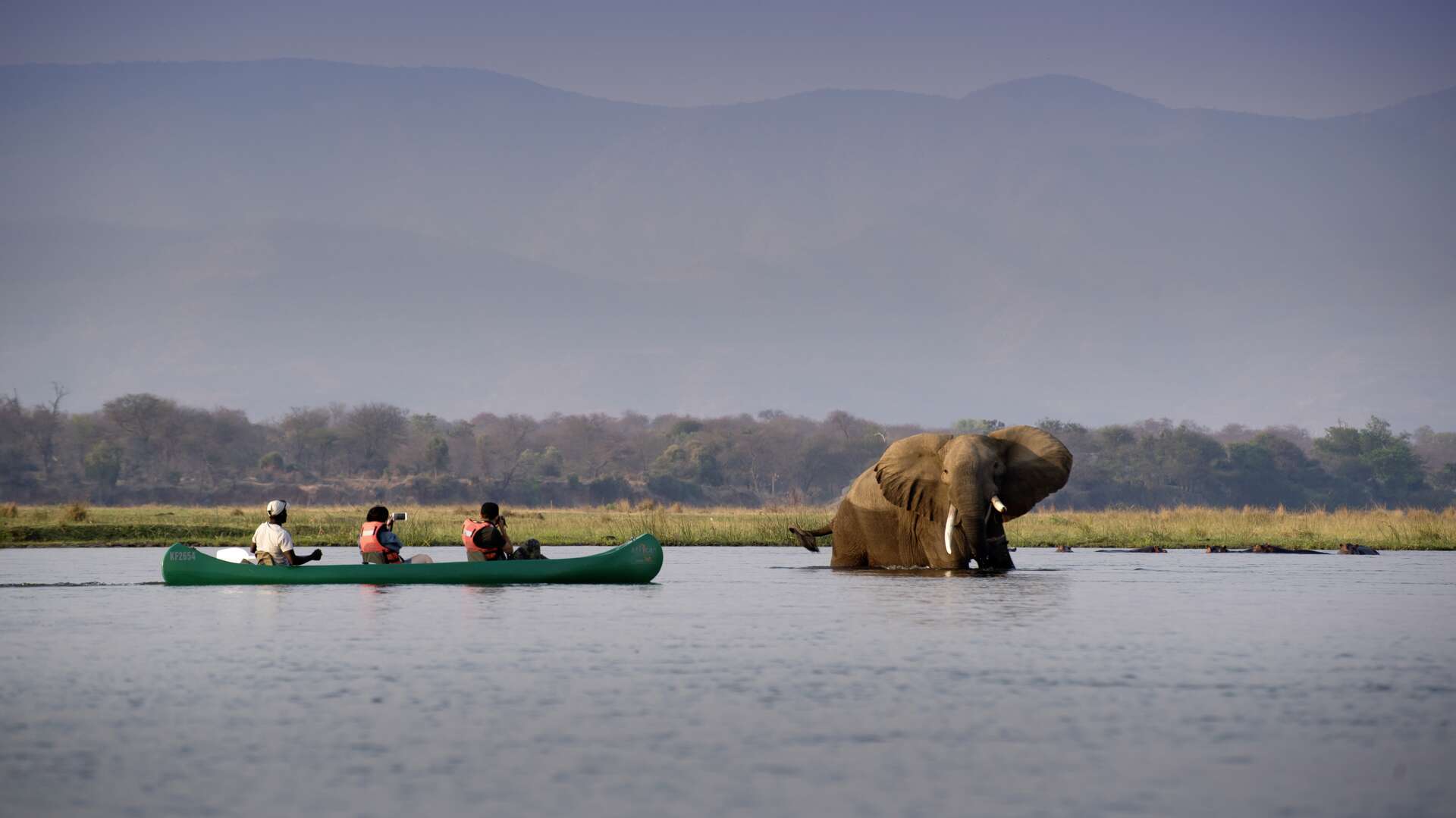
Guide price information
Low Season
01 Dec - 31 Dec (Green Season)
£9,675
Mid Season
01 Apr - 31 May, 01 Nov - 30 Nov
£9,425
High Season
01 Oct - 31 Oct
£12,225
Peak Season
01 Jun - 30 Sep
£15,675
Guide price information is based on the included flights from London, accommodation, transport and experiences detailed in the itinerary above. Guide prices do not include optional things to do. Call us for up to date prices – the cost of your holiday depends upon the time of year you travel, how long you go for, preferred departure airport, airlines, hotels and things to do. Based on 2 people sharing.
Other Itineraries
Sorry, your hotel is no longer available
Please check alternatives
-
{{item.body}}
-
{{item.body}}
Choose a departure date
{{store.searchDuration}} nights
Enter rooms & guests
Checking prices & availability

{{term}}, {{formattedDate}} for {{searchDuration}} nights
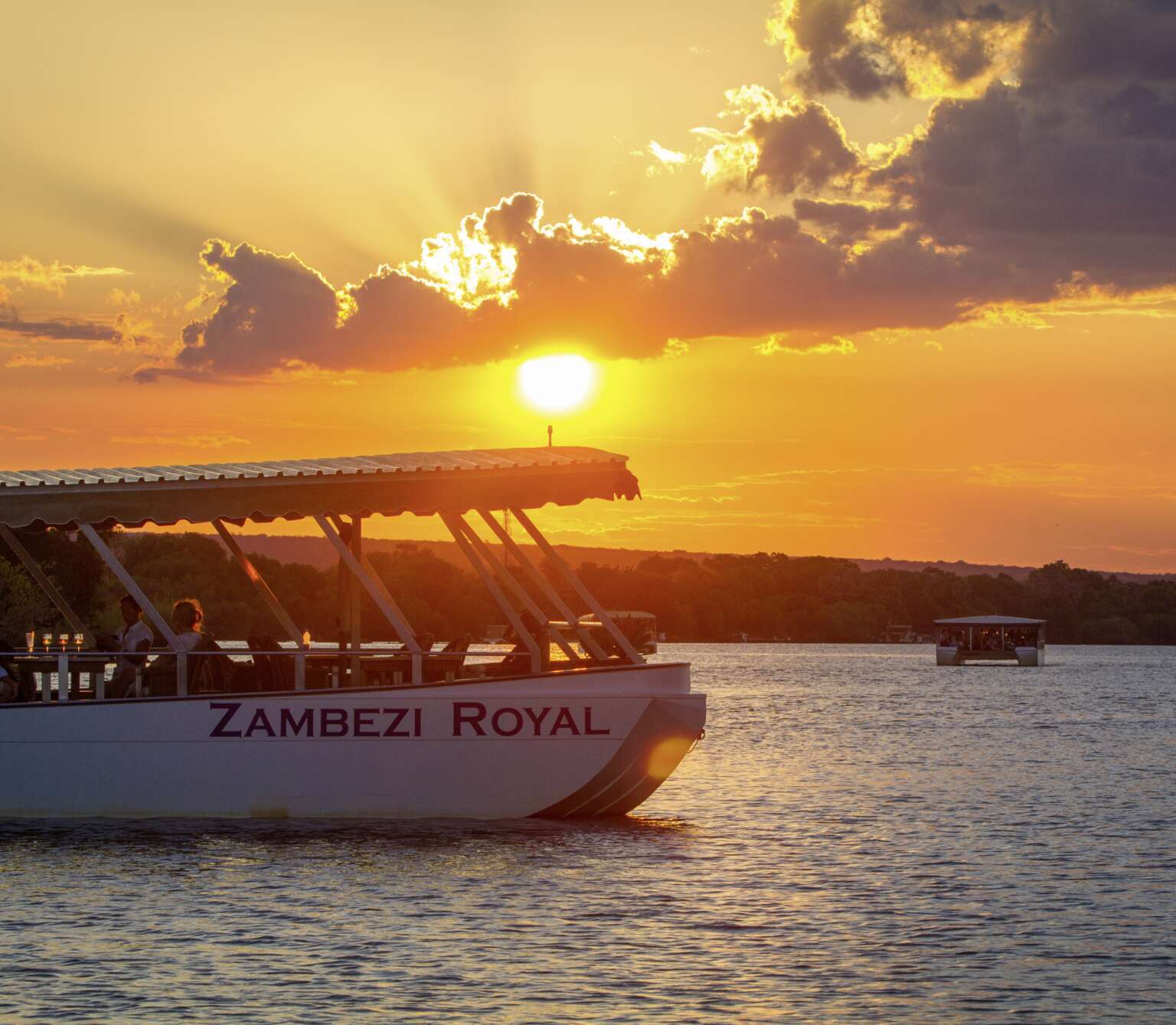
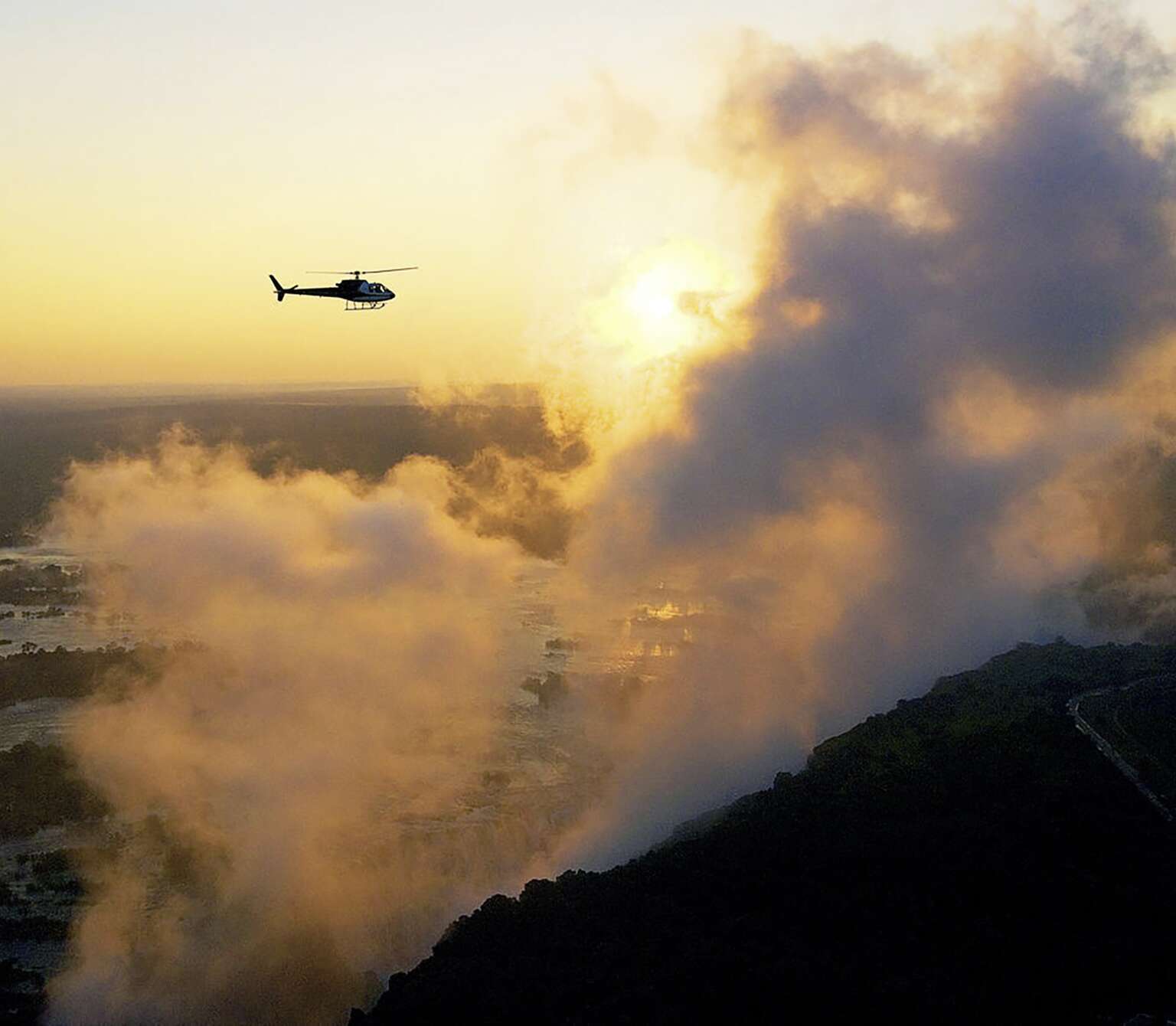

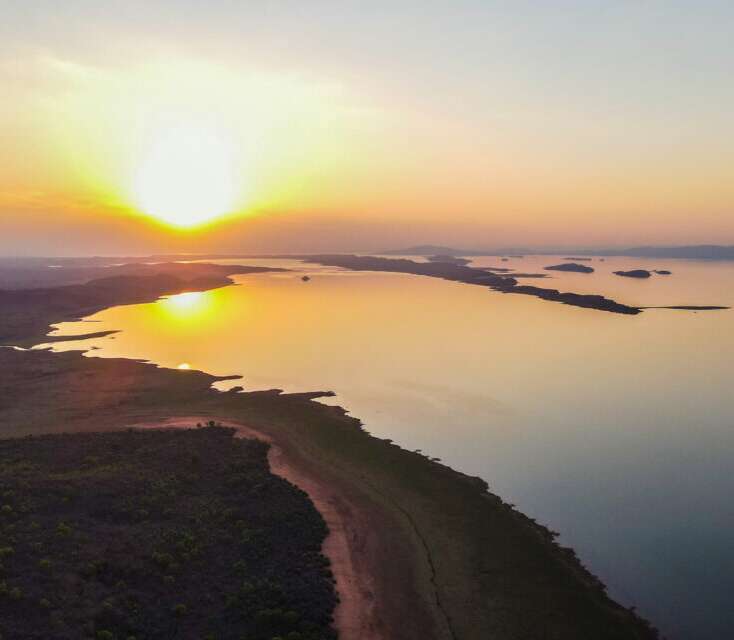
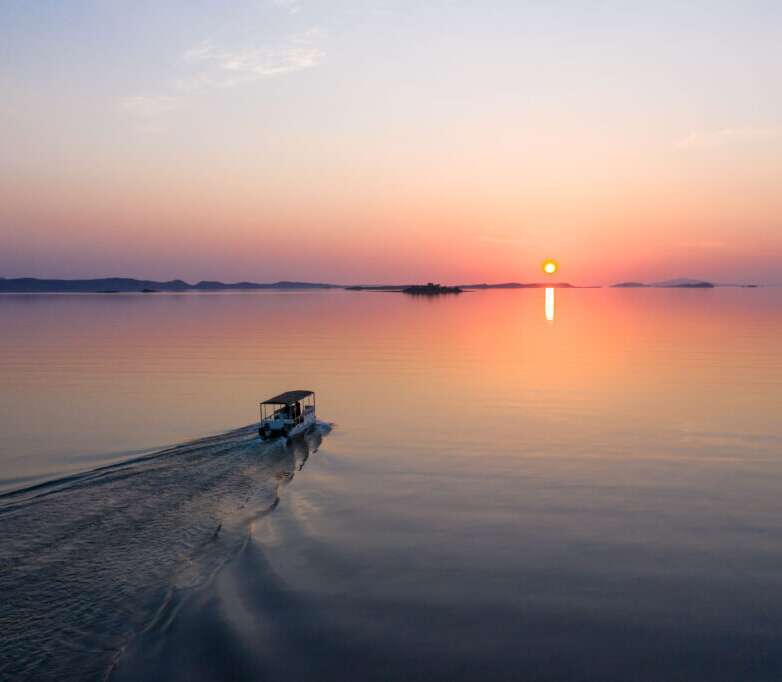
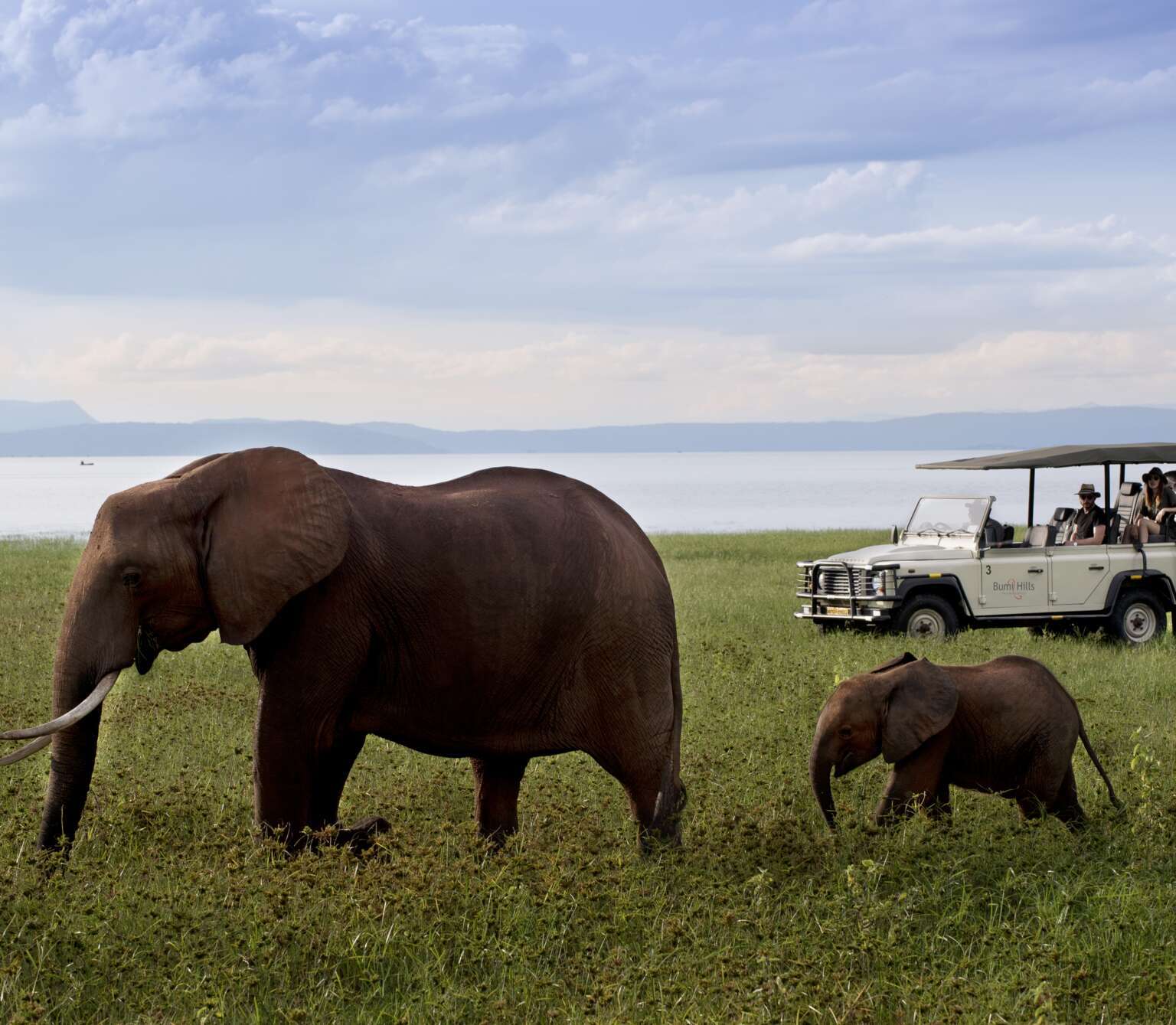
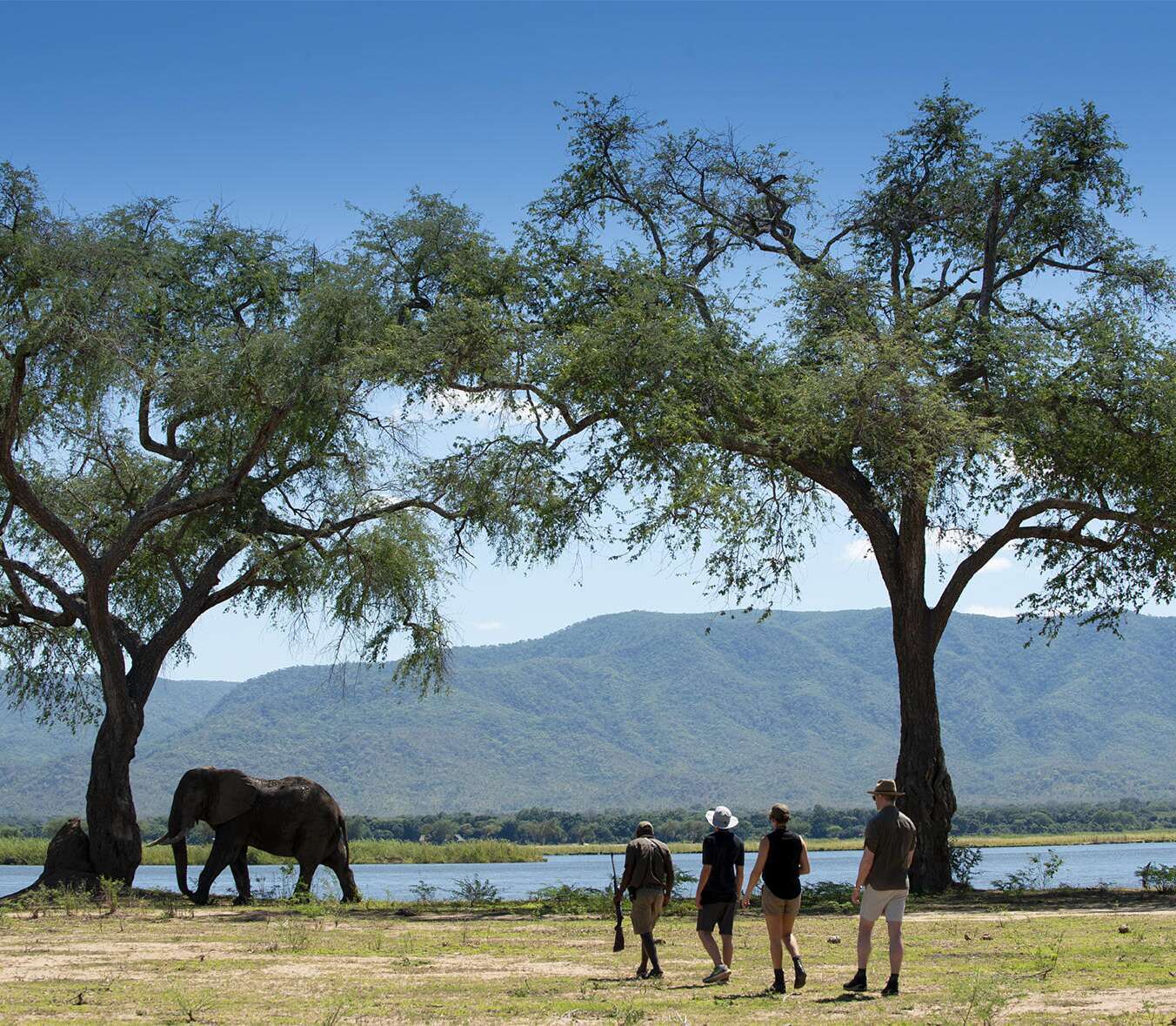
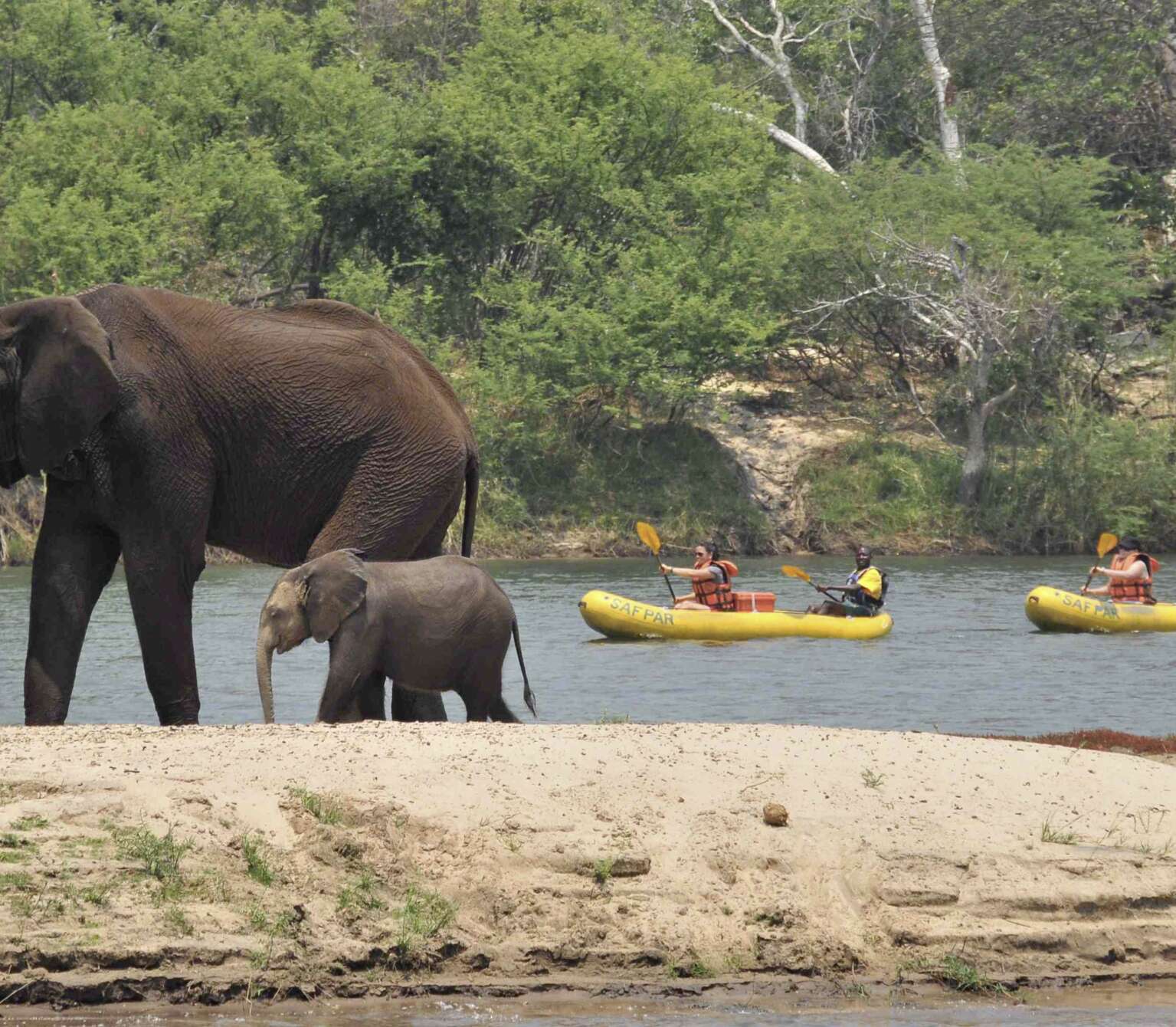
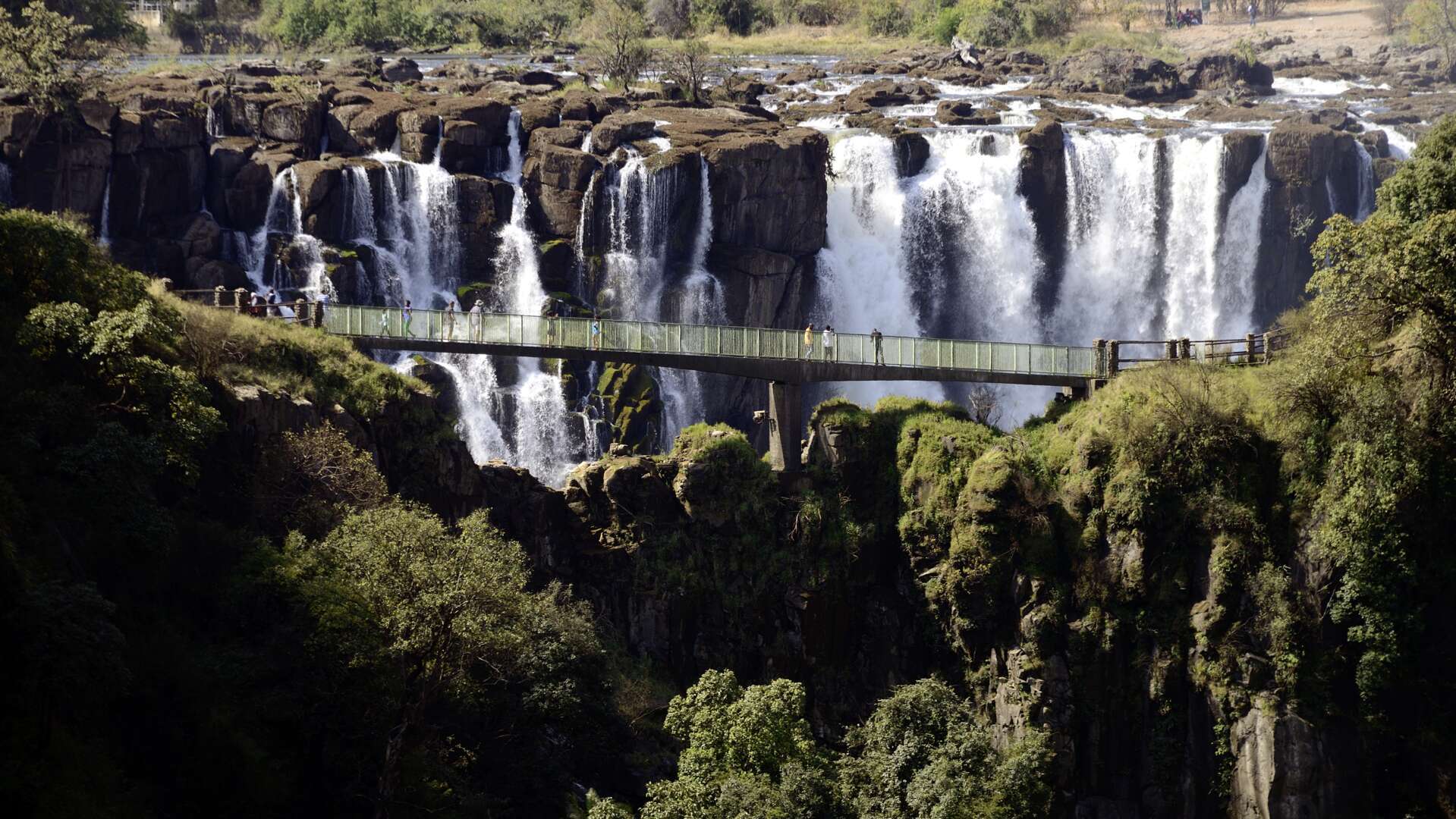
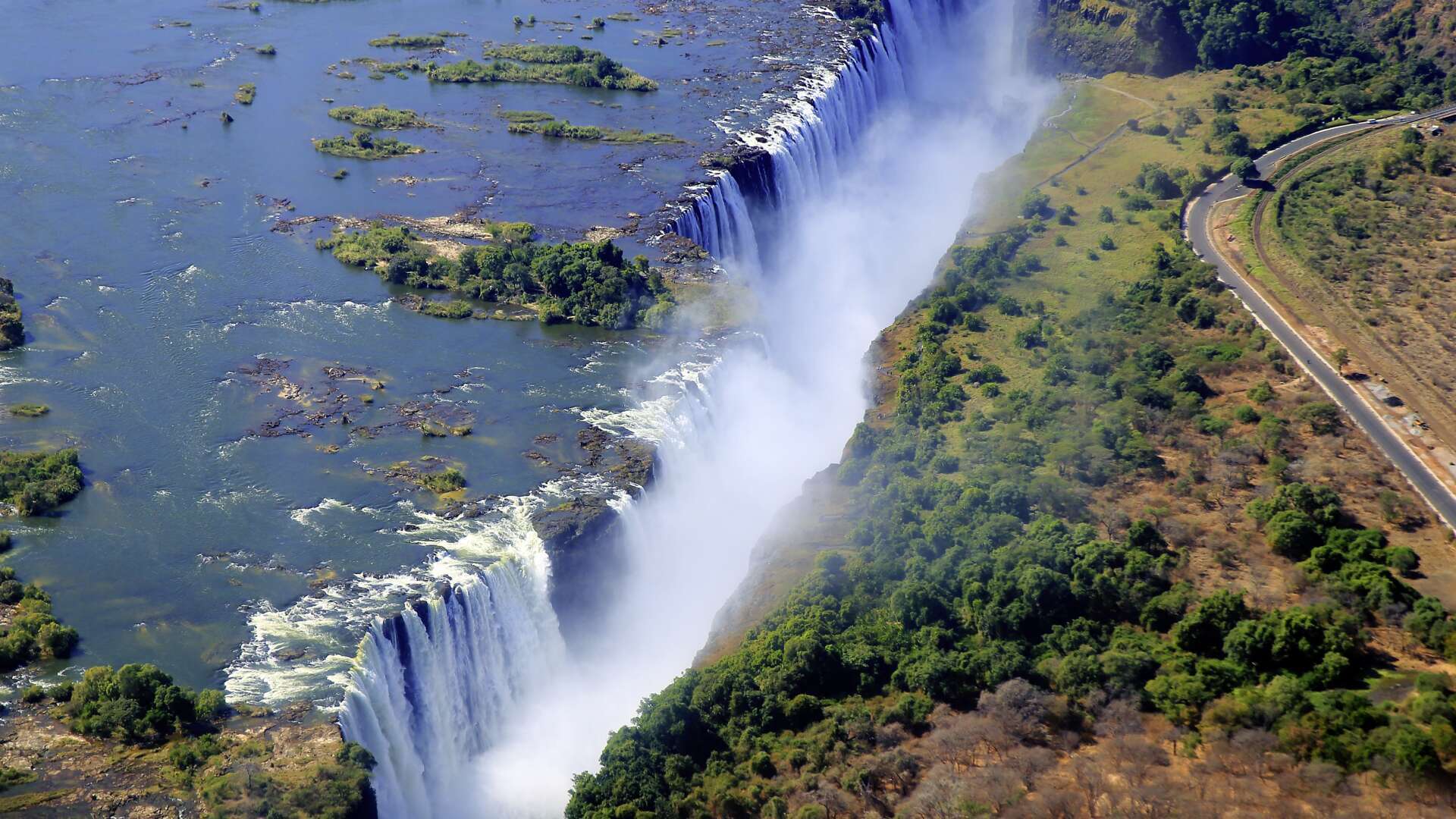

_w=24_h=25.png?v=11cbf9448902371bca1085014eba9ac82a696589)
_w=24_h=25.png?v=11cbf9448902371bca1085014eba9ac82a696589)
_w=24_h=25.png?v=11cbf9448902371bca1085014eba9ac82a696589)